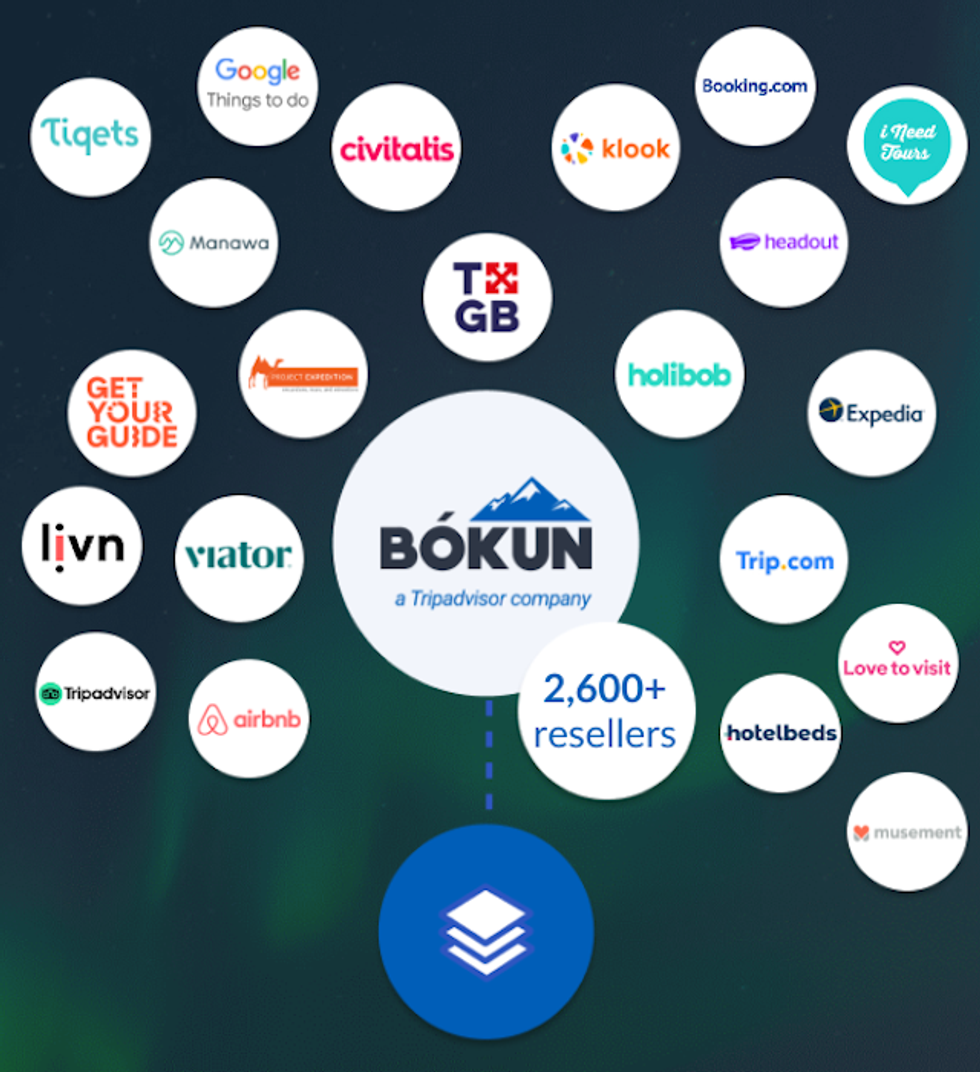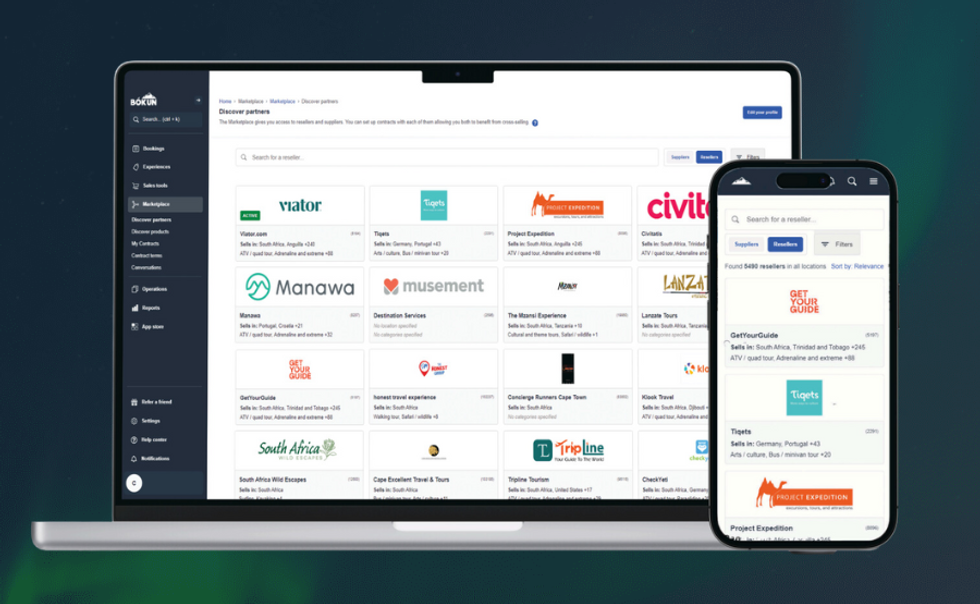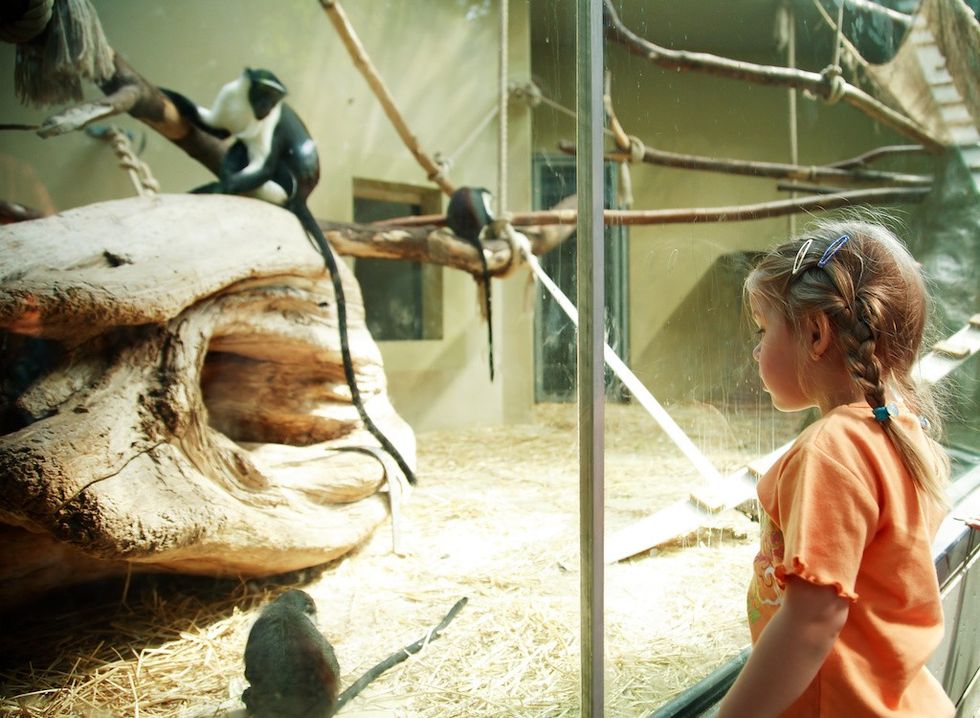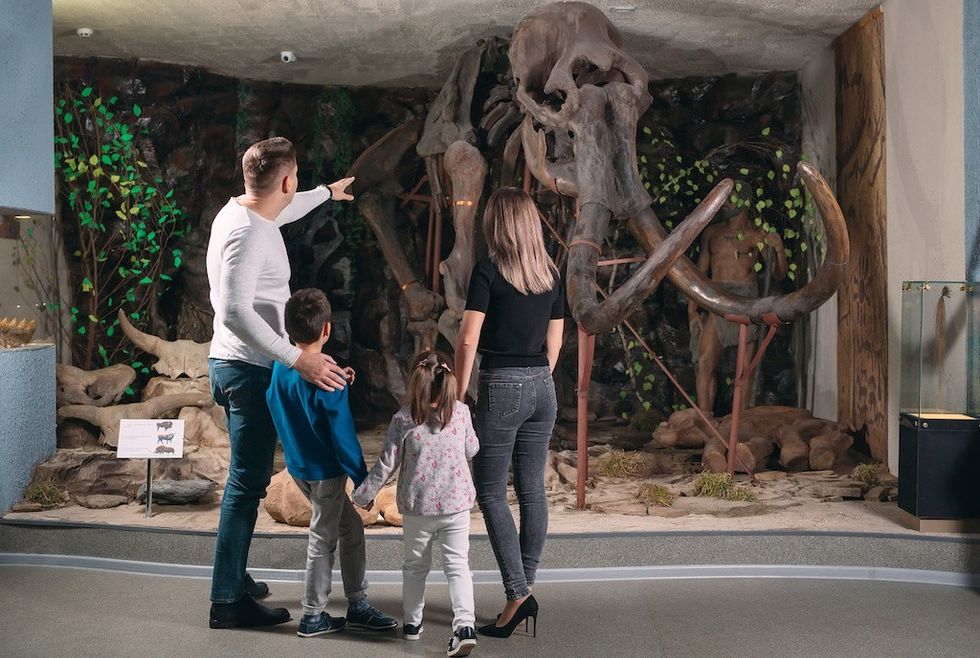As part of the blooloop Festival of Innovation 2025, we spoke to Phillip Dunn, senior manager of sustainability, education and culture at Expo City Dubai and Sheena Khan, head of environment and culture programmes, education and culture at Terra Pavilion, Expo City Dubai.
During a session called Innovation in Sustainability, they discussed the Terra Pavilion at Expo City Dubai, the handover of the building after Expo 2020, and its sustainability mission.
Terra, built as the Sustainability Pavilion for Expo 2020 Dubai, promotes ecology, sustainable technologies and design through immersive experiences. Expo City Dubai is a 1,083-acre site developed from the grounds of the World Expo, serving as a model for future urban living.
Watch all the Festival of Innovation sessions
hereMeet the Innovation in Sustainability panel
Phillip Dunn is a sustainability expert with 24 years of experience. He has implemented successful projects in the MENA area, including Masdar City, The Sustainable City, and Expo 2020’s Terra: The Sustainability Pavilion.
As a senior manager at Terra, he oversees the sustainability of Expo City Dubai’s Education and Culture assets, developing and implementing sustainable solutions in food, energy, water, biodiversity, and biomimicry.
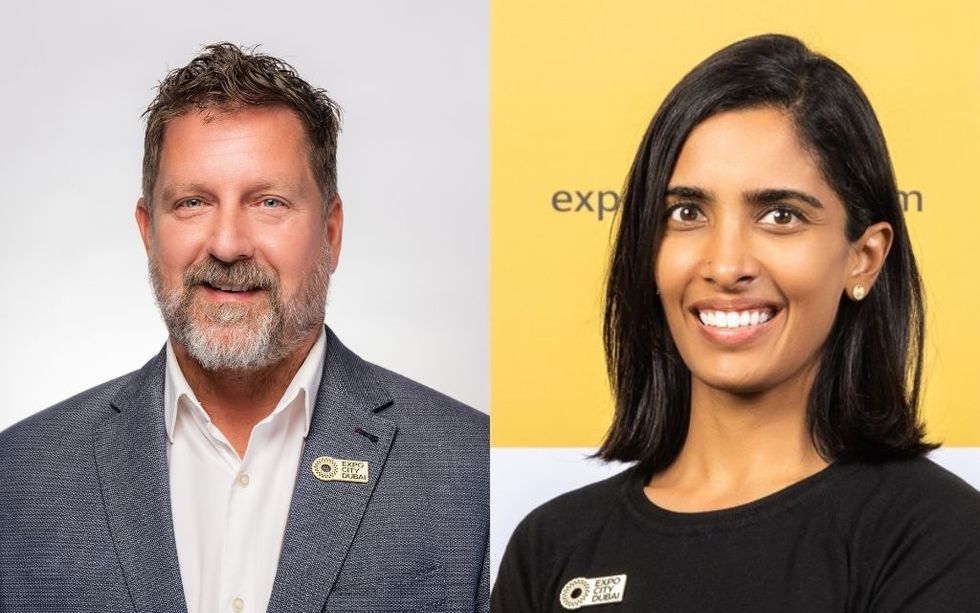
Dunn is knowledgeable about real-world climate change solutions, including business sustainability strategies, nature-based urban development, and net-zero energy, water, and waste targets. With significant experience in high-profile initiatives, he is an insightful speaker on developing sustainable futures and approaches to tackling global environmental issues.
Sheena Khan oversees Terra’s environmental programmes in the context of the cultural institution landscape. The post expands on her prior work as Terra’s head of education programs and Sustainability Pavilion senior manager at Expo 2020 Dubai, where she developed staff and content for Terra’s environmental sustainability programme during the six-month event, leading up to COP 28.
Khan is an experienced sustainability professional with over 17 years of experience in leadership and project management across multinational, startup, and non-governmental organisation (NGO) environments. She holds graduate certificates in sustainability and responsible tourism, is a WELL-accredited professional, a LEED-accredited professional (BD+C), and is GRI certified.
Introducing Terra
Terra was built as the Sustainability Pavilion for Expo 2020 Dubai, but the site also had a long-term vision.
"Terra was always designed to be part of what is now the thriving Expo City Dubai," says Khan. "When the building was completed, just in time for us to open our doors to the world, we hosted over a million visitors through Terra during those six months.
"We always thought of our operations in two phases. In what we called event-time operations of the building, we had huge amounts of visitors and shorter dwell times. This led into what we called legacy mode, which is what we see now: longer dwell times and fewer visitors, more in line with what you’d see at typical benchmark attractions, such as museums and art galleries.
"That also had implications for our operations and, of course, our environmental footprint."
For events like a World Expo, the site has to accommodate millions of people a day.
"It's scaled on this mega scale, and afterwards, it can be hard to adapt those sites back into the urban fabric of a city," says Dunn. "In our case, it was almost like Expo City was built and then rented out to Expo 2020 for those six months. It was very easy to come back in, and Terra, being one of the key buildings at that event, has transitioned into a flagship building for Expo City Dubai.
"We're very privileged to have inherited this electric Ferrari of a building. One of the biggest challenges was figuring out how to drive this Ferrari as a high-performance vehicle, and not like a bicycle.
"We have all of these amazing features, but learning how to operate it sustainably was the key challenge for us."
Humility
From day one, during Expo 2020 and after Terra reopened, the team had a dashboard to help monitor the building’s energy performance.
"The building was designed with two key aspects in mind," says Khan. "First and foremost, you have to keep in mind that Dubai is super arid, with very hot summers and high humidity, but not to the extent that it can efficiently capture water from the air."
The significant environmental footprint of buildings in the UAE is primarily due to carbon emissions, mainly from the massive air conditioning requirements, especially during the summer.
"From the design phase, we sank the building underground for passive design. Before even considering renewables, we buried the building to take advantage of the thermal mass. We also created a beautiful canopy above the pavilion, inspired by the dragon’s blood tree of Yemen, specifically from Socotra, an island off the coast of Yemen."
This canopy provides shading and was reimagined as a modern version of the traditional wind towers, or ‘bergel,’ seen in Middle Eastern architecture. The canopy funnels cool air in and lets hot air rise up and out. It’s oriented to make the temperature about 10 degrees cooler with its shading and orientation.
"Around the building, we have 18 energy trees that rotate throughout the day, like sunflowers, to face the sun. On one side, we have passive cooling techniques, and on the other side, we have renewable energy. The goal was to achieve net zero energy, measured annually.
"This is where humility comes in. After we opened our doors following Expo, we looked at our dashboard and asked, ‘Were we net zero energy?’ And the answer was no—we weren’t even 50% toward our net zero energy goals."
Innovation in sustainability: a dedicated committee
Even though the team had a cutting-edge building with all these features, they had to admit that they weren’t operating them as they should be.
"That was a hard thing to do. It was a decision we made not to rely on external consultants or entities. Instead, we chose to build the capacity and understanding within our team to fix the problem ourselves," says Dunn.
They also decided not to immediately resort to renewable energy credits (RECs) or offsetting.
"First, we wanted to address the problem directly and then see how we could top up or supplement what needed to be supplemented. Our big boss calls that ‘true net zero.’ We wanted to achieve true net zero. And that’s where we come to the part of the story where we set up our lead committee."
From the initial formation of the committee, it had a cross-cutting membership that included the operations team, education team, facilities management team, community management team, and the wider Expo team.
"We’re just a part of Terra, a 4,000-square-meter building in a sea of other buildings within Expo City. The larger facilities management team of Expo City was also involved, and the committee would gather every week in the beginning. We set out three targets: net zero waste, energy, and water. Initially, we focused on energy."
Measuring is key
First, the main goal was to understand where they were.
"It’s hard to know where you need to be if you don’t understand where you are," says Dunn. "One of the first tasks was to figure out our energy consumption. To do that, we had to look at our meters, our BMS system, and various components of the building’s technical systems to verify if they were working properly and get them in working order.
"This allowed us to have the dashboard Sheena referred to, which provided us with the readings on our energy consumption."
The building features 8,000 square meters of solar panels. "So, we also needed to track how much energy we were producing, not just consuming. Net zero, to be clear, means the balance between how much electricity you use in a year and how much you produce. At the end of the year, these two numbers should equal zero or better."
These were critical first steps: the team coming together and starting to measure.
"Based on that data, we could then start making interventions and operational changes to reduce our consumption. The biggest consumer of energy in any building is how you condition the space, whether it’s heating or cooling. Different building types have different energy demands. For example, an art gallery, with its specific requirements for humidity and temperature control, uses a lot of energy for climate control. About 50% of our energy use went to cooling.
"Optimising our chillers, since we use chilled water to cool the building, was key. The lighting and the temperature settings for our exhibitions were also significant energy loads."
Innovation in sustainability
The team focused on optimising the equipment and replacing old, inefficient machinery with new technologies.
"All these changes added up and helped reduce our energy consumption by 38%. There were also operational changes, like adjusting the temperature to 24 degrees. It seems like a simple change, but with Dubai's diverse population, people’s comfort preferences vary significantly. Different cultures, genders, and ages all have different temperature preferences.
"Setting the temperature to 24 degrees is a huge challenge for facility managers, as they must satisfy all these comfort requirements."
At the end of the day, achieving net zero isn’t just about the people in the room doing the hard work. It’s about everyone’s buy-in.
Khan adds: "It became a bit of a running joke that when you walk into Terra, it’s not freezing cold like many other buildings in the UAE. Occasionally, some would still find it a bit warm, but this was part of the experience. It provided a baseline for how people felt, and that actually added to our brand's authenticity. It showed that every person in the building cared about the environment."
Communication was a key part of change management:
"Because we were able to share the changes as they were happening, it made a huge difference. It wasn’t just the people on the committee who made it happen. It was the people they reported to, and the senior leadership above them. Everyone was involved in communicating these changes, up, down, and across the organisation, which helped us get the support we needed to make it work.
"At the end of the day, achieving net zero isn’t just about the people in the room doing the hard work. It’s about everyone’s buy-in."
Showing behind the scenes
Often, innovation in sustainability isn’t visible front of house. To shine a light on this work, the Terra team also works on educational initiatives, such as behind-the-scenes tours.
"The question was always: How can we create a circle of learning while being transparent? Transparency is a key part of our brand values at Terra, and we wanted to be open about both our successes and what we’re not great at," says Khan.
"We had the opportunity to host COP28 at Expo City Dubai, where governments come together to set carbon targets and associated policies. We saw this as an excellent opportunity to discuss the role the built environment plays in reducing our carbon footprint and share educational tools based on our learnings.
"Not everyone is eager to learn about sustainability, and while we've heard a lot about setting thermostats to 24 degrees in the UAE, we wanted to go beyond that."
The team came up with two ideas.
Workshops & programmes
The first was a workshop for high school and university students called 'Net Zero Energy Consultant for a Day.
"We designed a programme that required us to double the length of our usual programmes to fit in all the content," says Khan.
"The students did three things: they went on a scavenger hunt around the exhibits to learn about building footprints, passive cooling, and renewable energy strategies; they went behind the scenes to see our building management systems and visit areas engineers work in; and finally, they analysed data on our energy consumption and production."
"They used critical thinking to figure out why we weren’t producing much energy on certain days, like during sandstorms, and learned that weather conditions, not just sunlight, impact our energy production. It was a hands-on learning experience, giving them insight into the real work our Net Zero committee had done."
Terra launched this workshop during COP28 and includes it as part of Expo City Dubai's educational offerings.
"By sharing our learnings, we built value for the organisation."
Opening the doors
The second thing the team did was to turn some of the back-of-house areas into visitor-accessible spaces.
"Our operations team was initially hesitant, but they allowed us to open areas like our waste room, water systems, and energy systems to visitors," says Khan.
"We worked with our communications team to create infographics explaining how our systems work, like how the air handling units function, where the air comes in and goes out, and how our solar panels convert energy from AC to DC.
"We also featured our vermi-composting in the waste room, where visitors could see worms breaking down food waste."
These areas became part of the "Net Zero Behind the Scenes Tour," which was introduced during COP28 and is now offered as one of Terra's products.
"This tour is great for visiting groups like architects and engineers and for showing stakeholders that we're walking the walk and not just talking about sustainability."
Lessons learned
Speaking about some of the lessons that the team learned on their innovation in sustainability journey, Dunn says:
"There were lots of small innovations that we pulled together to make something work. As Sheena said, there were some adverse reactions to the idea of bringing people into the back-of-house areas that are typically off-limits to visitors.
"Making those spaces accessible, visually appealing, informative, and educational was a big challenge, but also a lot of fun. We came up with some creative solutions to make these areas valuable, educational spaces."
With humility, we acknowledged that we weren’t doing everything perfectly. We used those moments as teaching opportunities, showing visitors that while we're on this journey toward sustainability, we still have room for improvement.
One example was figuring out how to access spaces that people wouldn’t usually see:
"For instance, we have fire suppression units that suck the oxygen out of a room in the event of a fire, which means no one can enter those rooms. So, we installed fake cameras that appeared to show what was happening inside, but they were actually still photographs. The cameras looked like live footage, but the images never changed.
"It was a creative way to overcome health and safety challenges and still bring value from an educational perspective."
Another challenge was the technical side, ensuring the data shared with visitors was accurate and ready for display, he adds:
"We had to fix a lot of bugs in the system. And, with humility, we acknowledged that we weren’t doing everything perfectly. We used those moments as teaching opportunities, showing visitors that while we're on this journey toward sustainability, we still have room for improvement.
"And we were open to feedback. If someone saw something we could do better, we were more than happy to listen and improve our operations."
A win-win
The tours also generate revenue, showing that sustainability can be a win financially too.
"We initially launched them free of charge during COP28, as part of what we were developing at that time," says Khan. "Now, they are part of our regular offerings and bring in revenue."
There are times when they generate both revenue and value, especially when important delegations visit.
"For example, when city management has stakeholders or when we host city-wide forums, like the upcoming Cities and Action Forum in Dubai, we can offer these tours as part of the event. So, it's a mix of generating revenue while also positioning ourselves as thought leaders—or at least opening doors.
"I'm not sure 'experts' is quite the right word, but we do aim to be humble in our approach."
In terms of costs, when the tours first launched, the expenses were low:
"We also used things like hard hats and high-vis vests for the students participating in the ‘Net Zero Energy Consultant for a Day’ workshop. Since we’re in the business of STEAM education, we focused on building the experience and drama around it. Many of the materials, like the hard hats and vests, were repurposed from the Expo.
"One of our colleagues figured out how to remove old branding from them using a solvent so that we could reuse them. We even upcycled other materials, like using an old screen from another part of the building for the one we needed. Overall, our costs were mainly for the printing, which we were able to do quite affordably."
Sustainability innovation is a journey
When it comes to advice for other attraction operators looking to boost their sustainability, Khan says:
"We would love to invite everyone listening to come visit us at Terra. Our main exhibits offer an immersive experience, and we focus on communicating in a way that goes beyond just sharing knowledge.
"As Phil often says, more knowledge doesn’t always lead to more action. For us, it's not just about sharing facts; it's about creating a connection to nature. Before visitors start the Net Zero Energy workshop, they walk through our beautiful landscape, filled with native plants. It’s like a botanical garden. In that moment, they experience awe and wonder through the architecture and the natural surroundings."
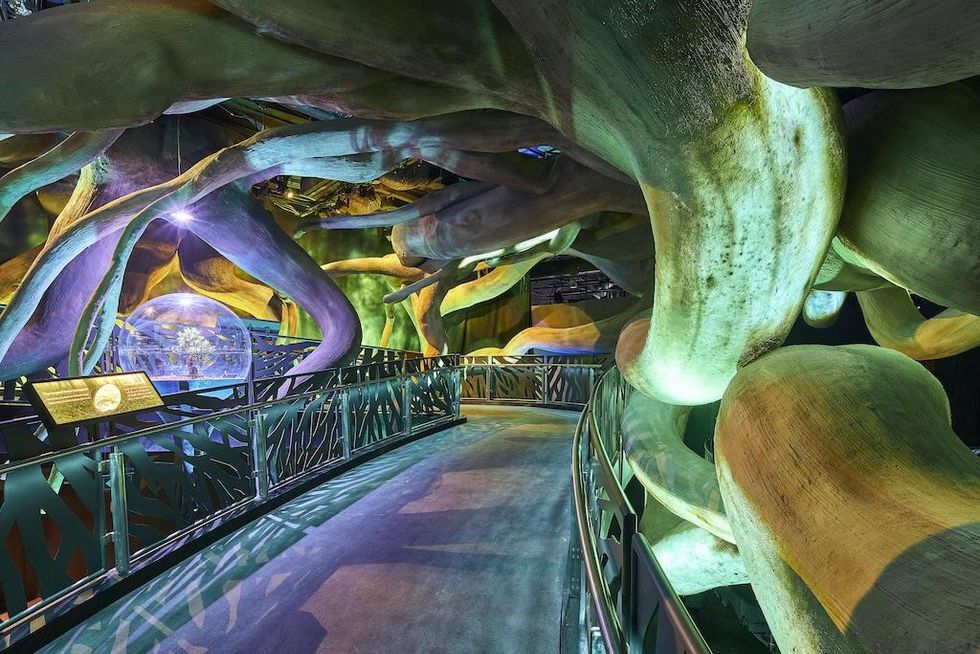
"We believe that if visitors can reflect on their role in creating a brighter future, then we’ve done our job. When people understand how their purpose connects to the larger purposes of society, community, and the natural world, that's when the real impact occurs.
"We don’t want to tell people what to do. Instead, we want to make the experience more participatory, immersive, and empowering. It’s about helping visitors ask, 'Where do I fit into this?' and 'How do I equip myself to be a part of it?' From our perspective, that’s where the true transformation happens.
"But this is a conversation we’re always learning from, too. We’re constantly evolving and growing in our approach."
Future plans
In terms of future plans, the team has something else unique up their sleeves, says Dunn:
"Have you ever walked through a park and seen goats just wandering around? Or maybe goats grazing on a green roof? Ever seen goats on a leash strolling through a city? Probably not. Well, at Terra, we’re bringing pygmy goats into our landscape.
"We have these beautiful green roofs that do so much more than just look pretty. They help slow stormwater infiltration, assist with building insulation for cooling, and mimic the perennial grasslands that once existed here about 130,000 years ago."
"Those grasslands relied on herbivores to graze them, and so we’re bringing in goats to graze our landscape. This not only helps reduce carbon emissions from machines that would otherwise trim the grass and vegetation, but it also reduces the transportation of green waste. It’s a brilliant, eco-friendly approach that serves as an amazing exhibit in itself."
Khan adds:
"Most importantly, they’re super cute because they’re pygmy goats! We’re hoping to launch an adopted goat programme where you can learn how to take care of goats. We’re also launching a pollinator garden; we’ve got two beautiful beehives, and we’ll be offering beekeeping courses in schools across the UAE later this year."
Innovation in sustainability: greening the industry from the inside out
Alongside that, Terra is putting a lot of focus on supporting native plants and diving deep into fungi.
"We can’t reveal too much yet, but we’re planning an exciting programme later this year focused on fungi, nature in cities, and urban biodiversity, especially in arid environments. This ties into our nature-based solutions, including pollinators, native plants, and nature therapy.
"We’re exploring how nature can improve mental health and well-being. All of this falls under a larger question: What role do cultural institutions play in building a more sustainable future?
"It’s about greening the industry from the inside out, not just through the built environment, but through these incredible experiences that enable and equip visitors to be part of that positive change.
"That’s where we see our future."
greenloop, the original sustainability conference focused on the global visitor attractions industry, takes place from 13 -14 May 2025. Come and join the conversation to accelerate climate action across the sector.
Buy a ticket for greenloop 2025
hereCharlotte Coates is blooloop's editor. She is from Brighton, UK and previously worked as a librarian. She has a strong interest in arts, culture and information and graduated from the University of Sussex with a degree in English Literature. Charlotte can usually be found either with her head in a book or planning her next travel adventure.


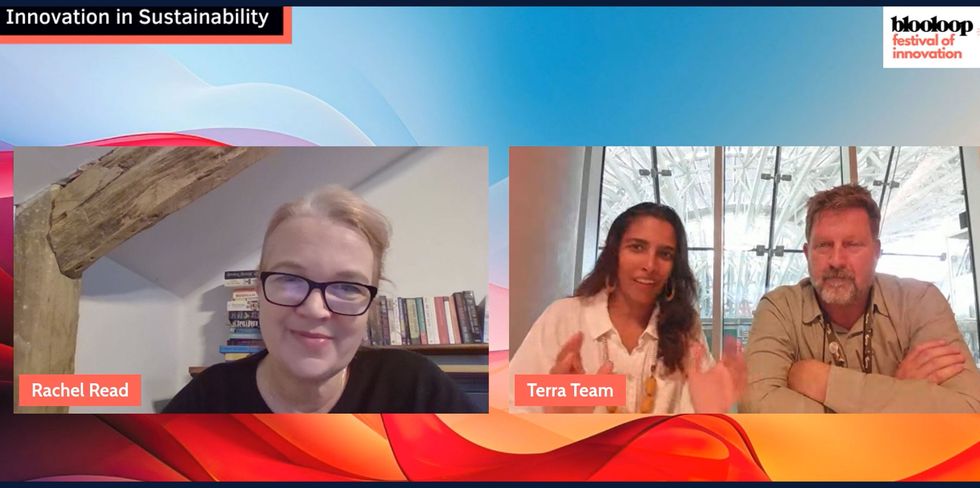
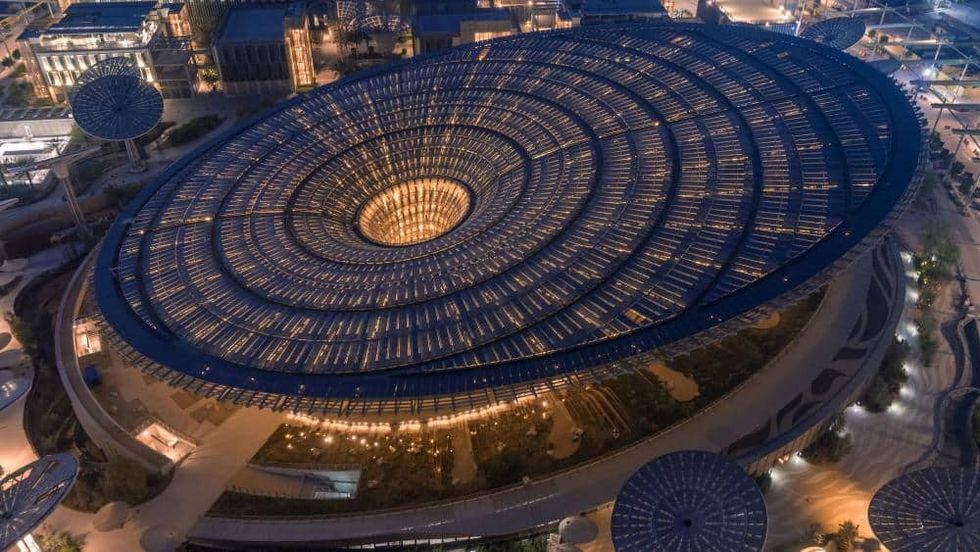
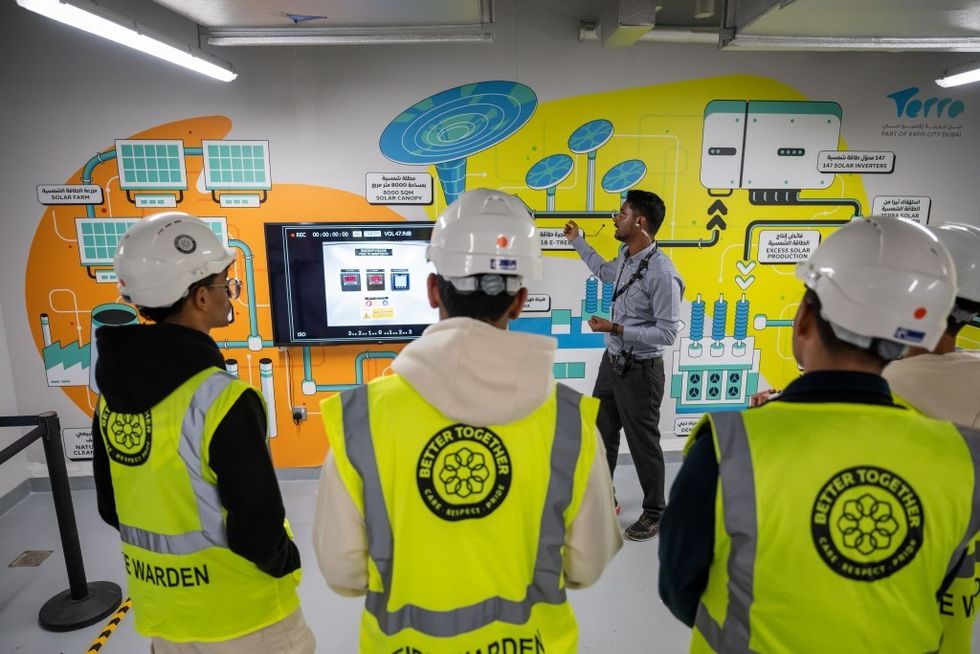
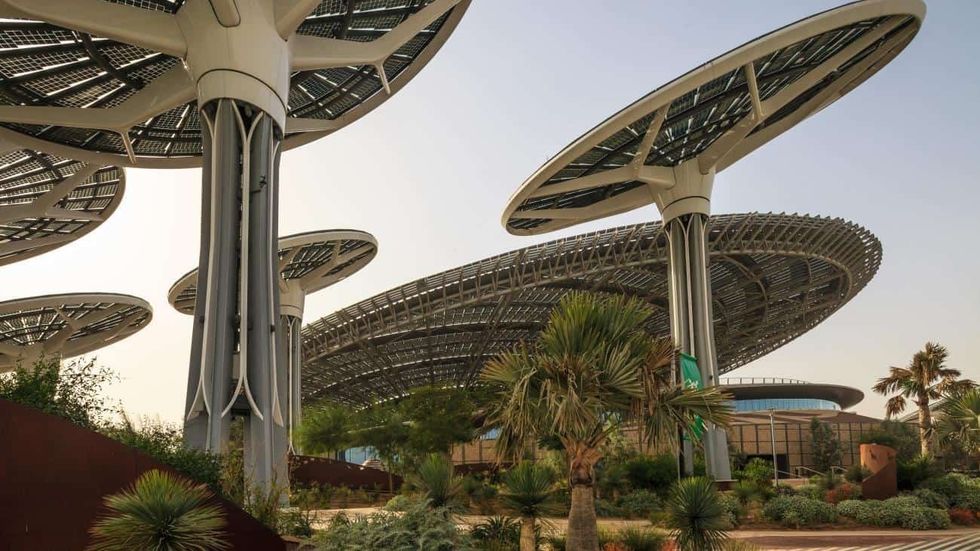
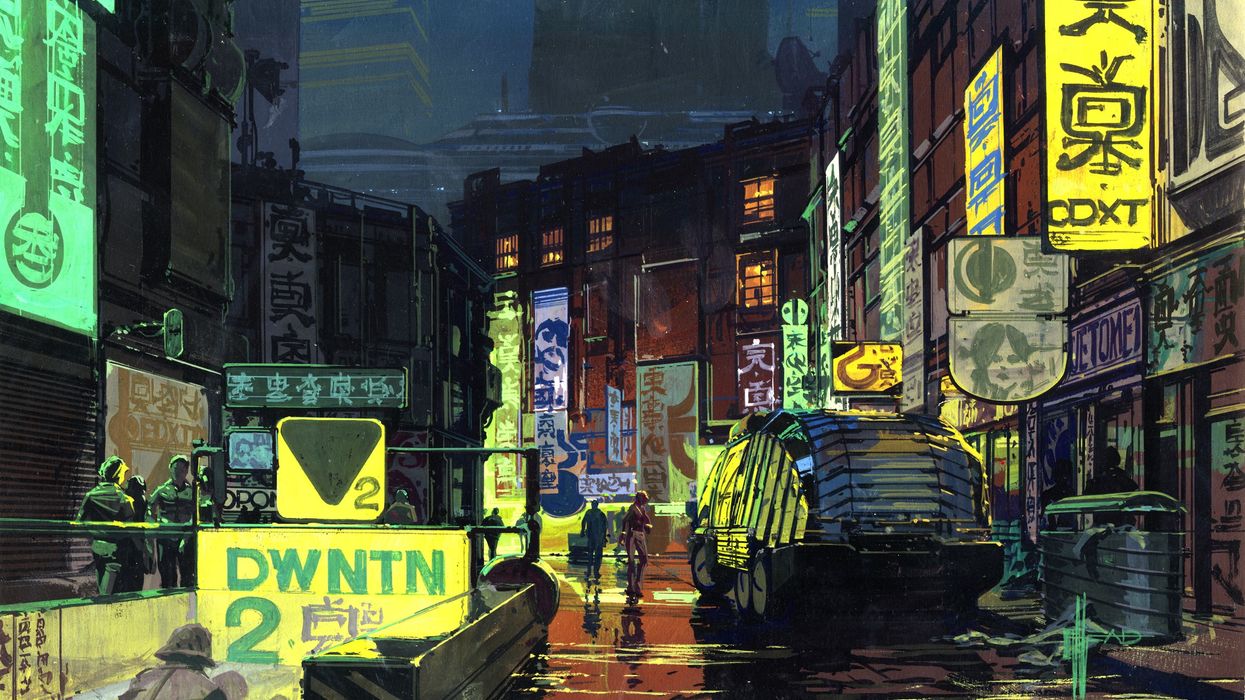
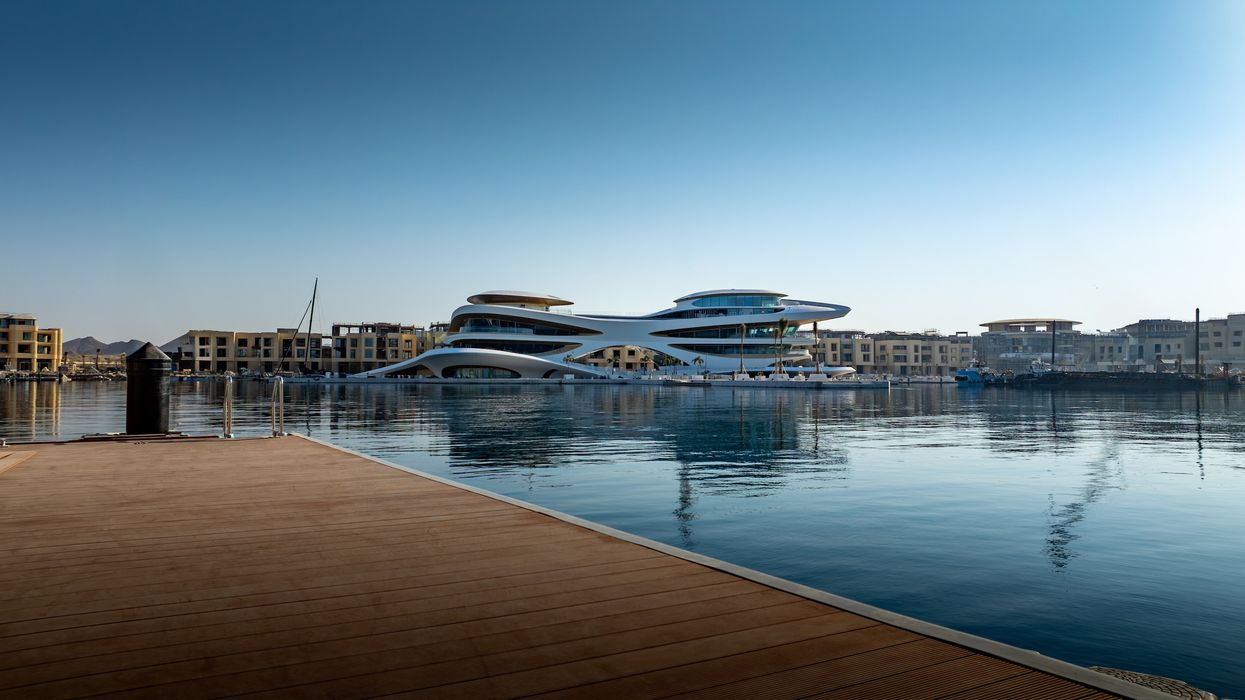
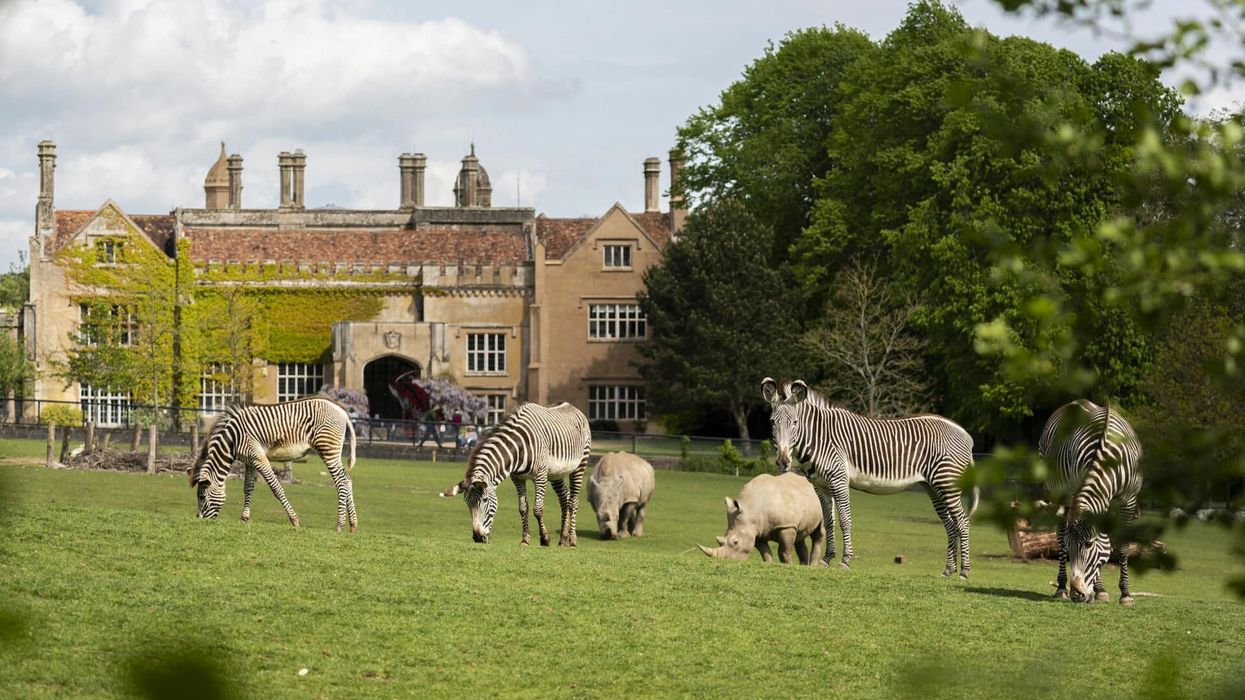
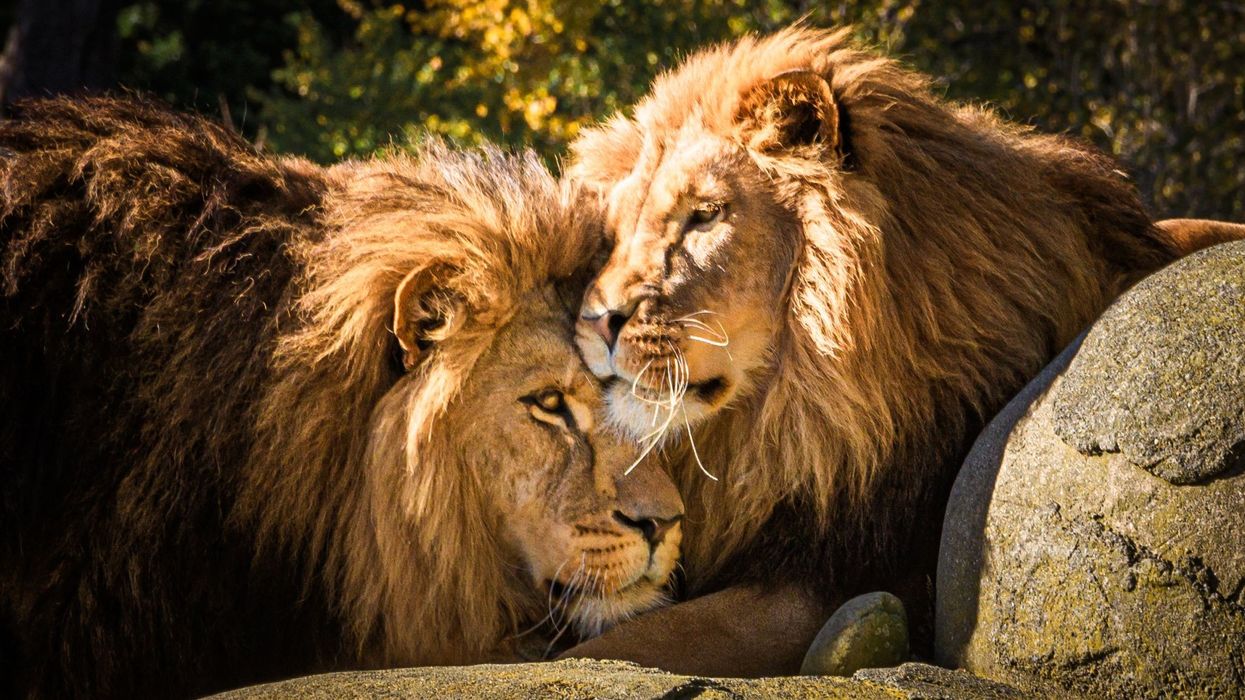
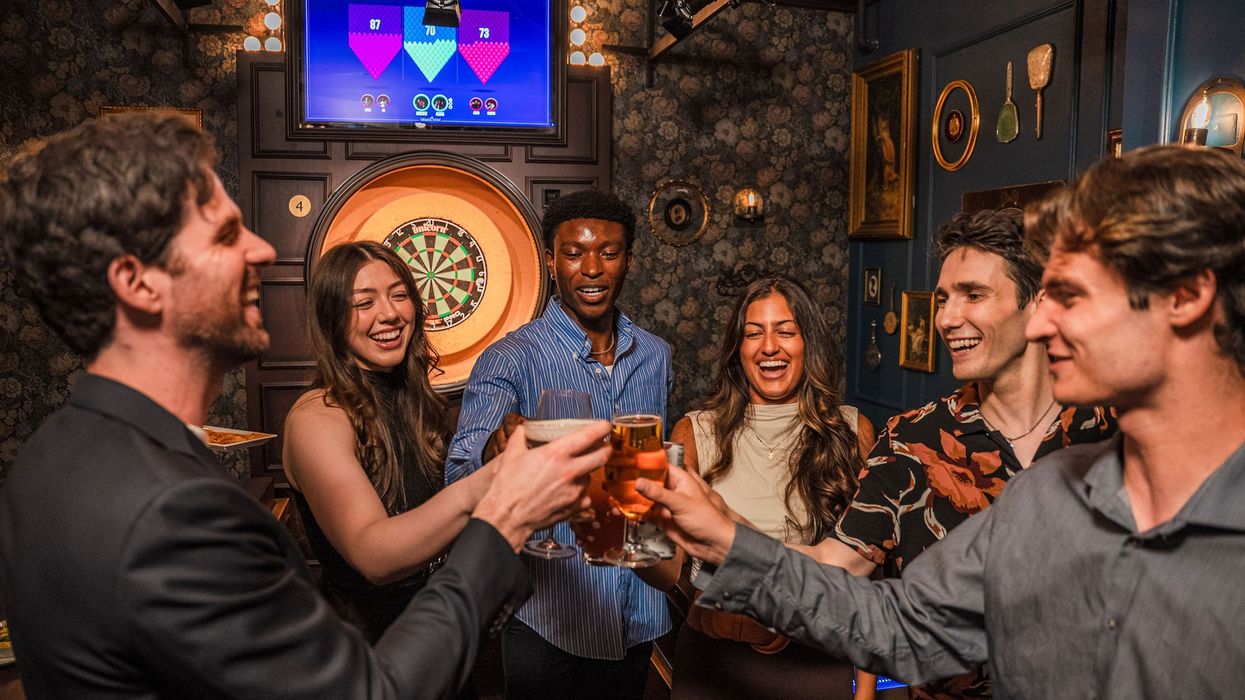
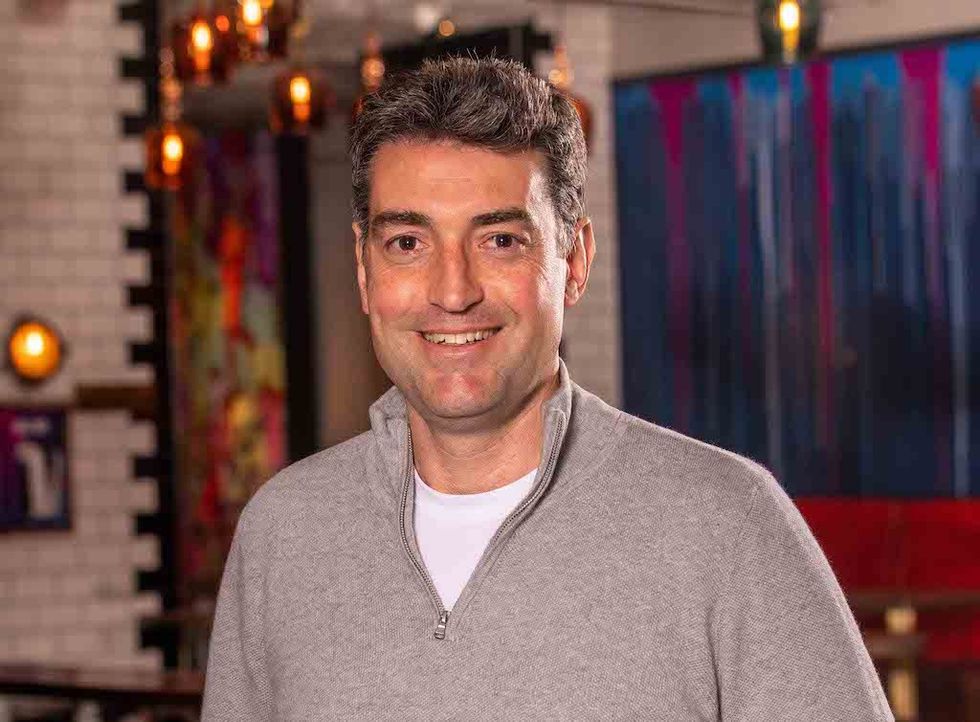 Toby Harris
Toby Harris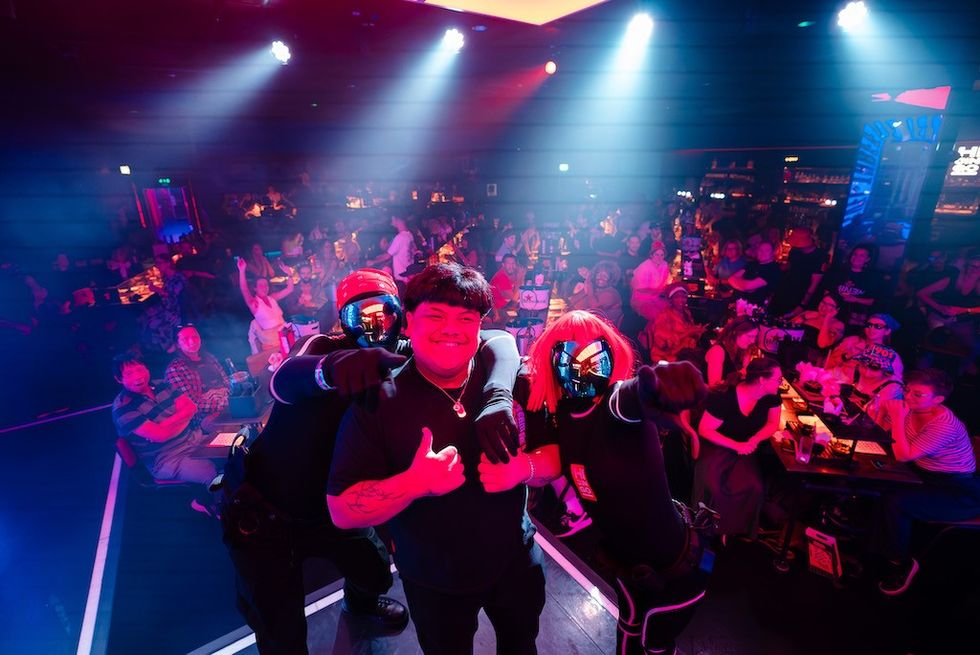 Hijingo
Hijingo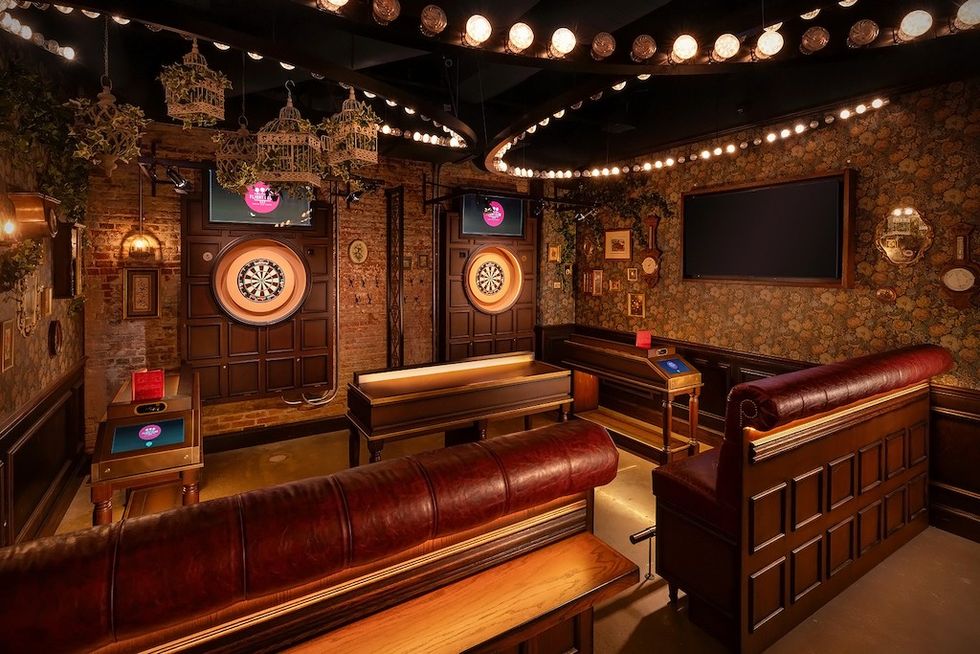 Flight Club, Washington D.C.
Flight Club, Washington D.C.
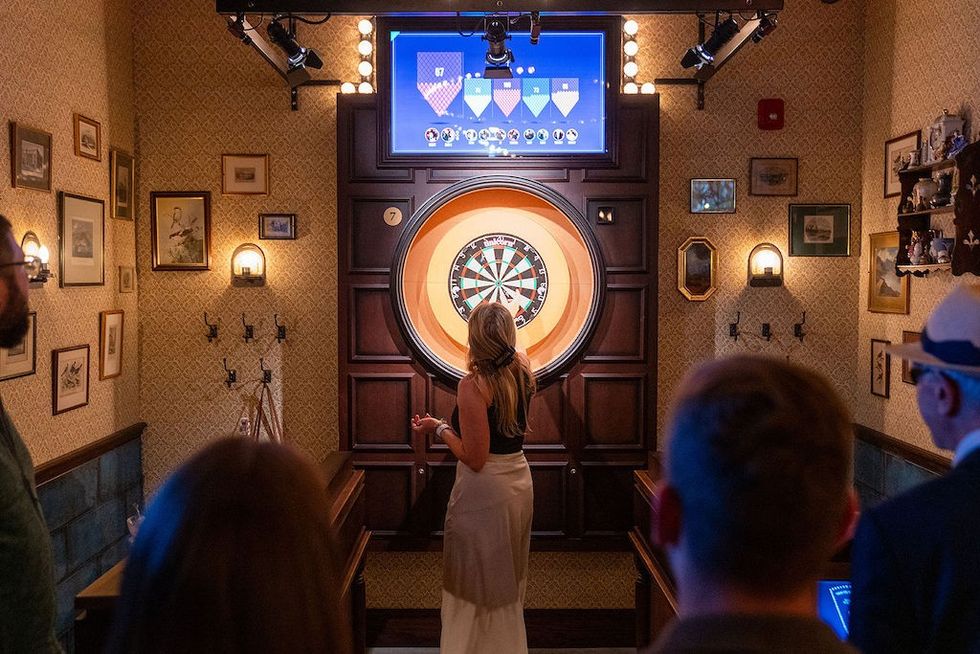 Flight Club Philadelphia
Flight Club Philadelphia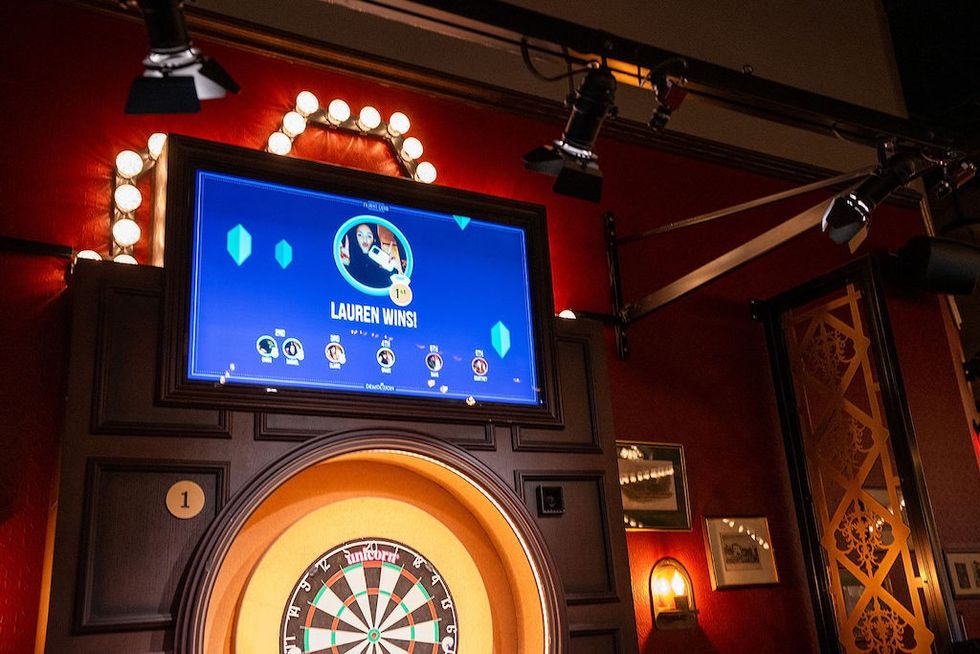 Flight Club Philadelphia
Flight Club Philadelphia Bounce
Bounce Hijingo
Hijingo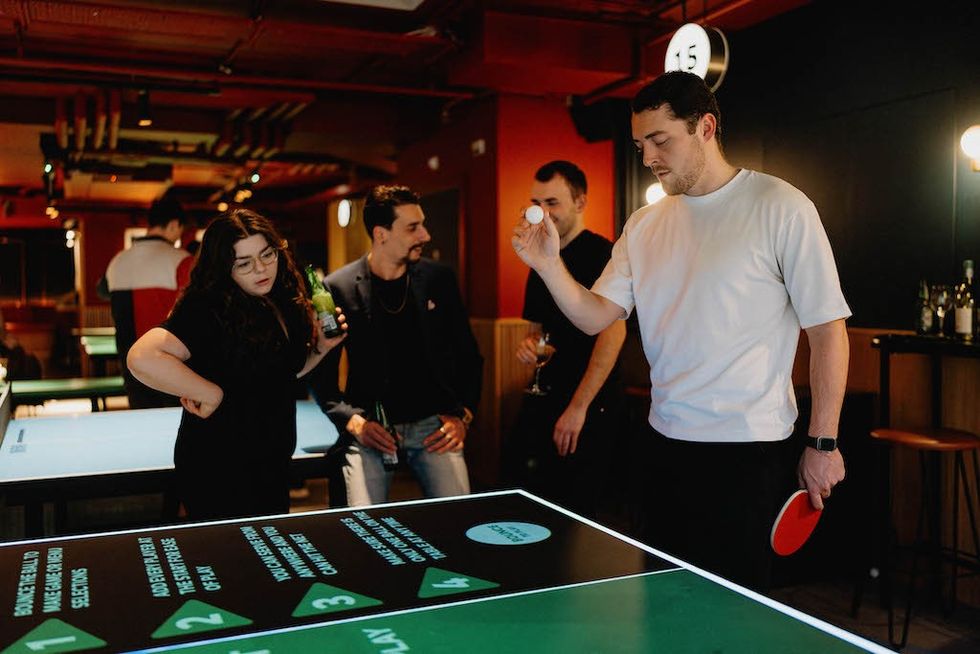 Bounce
Bounce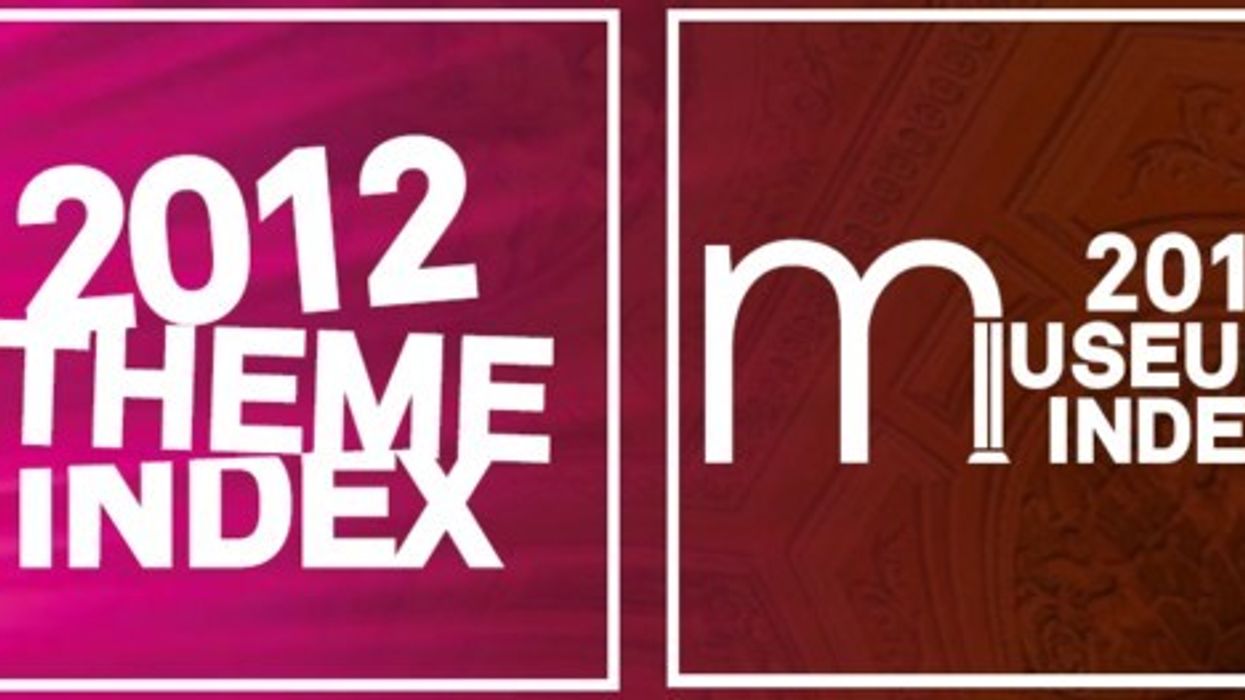

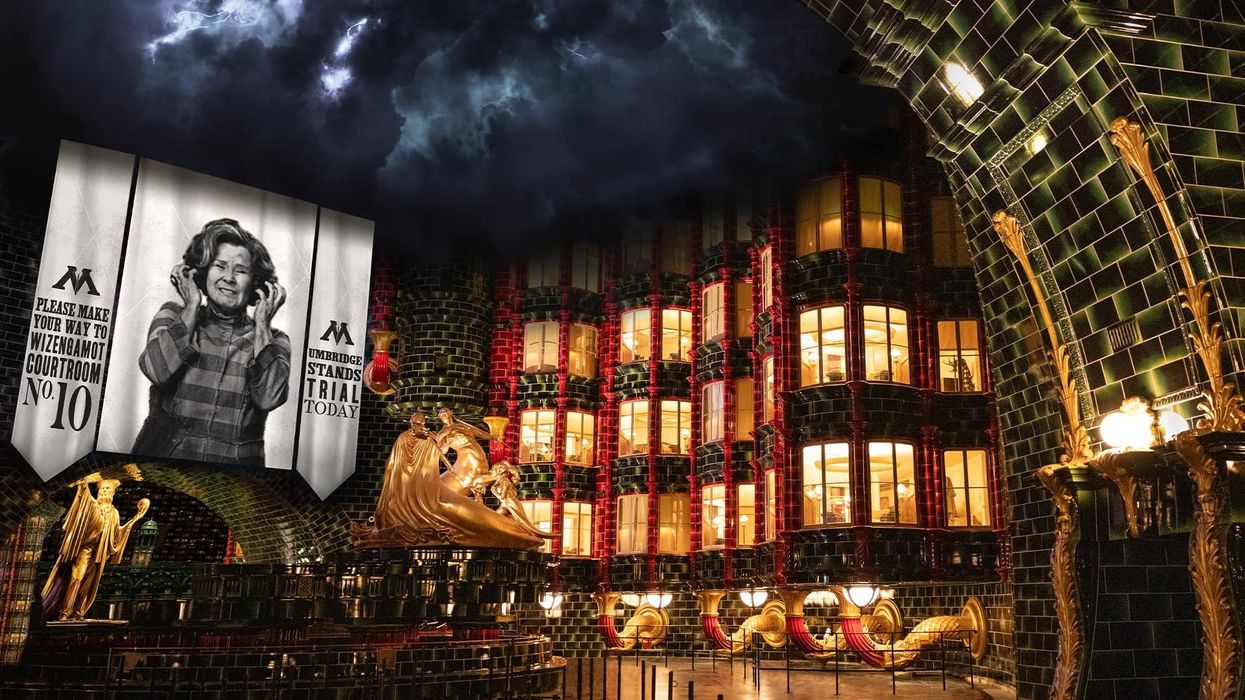


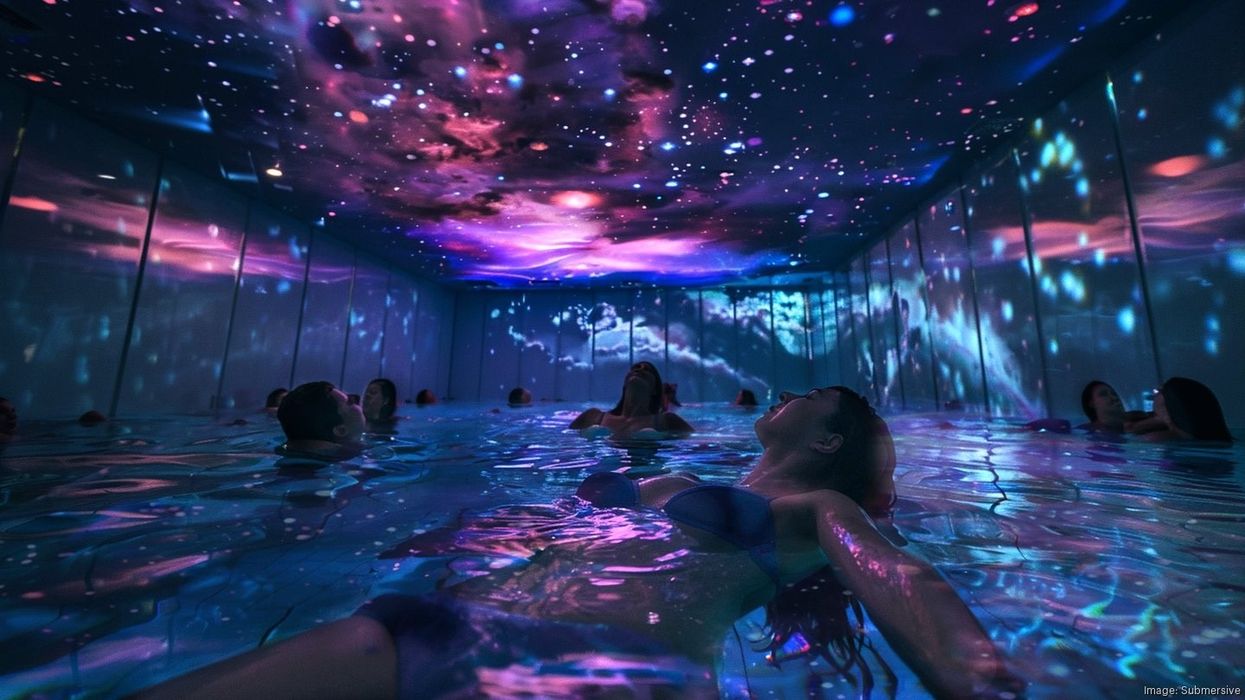


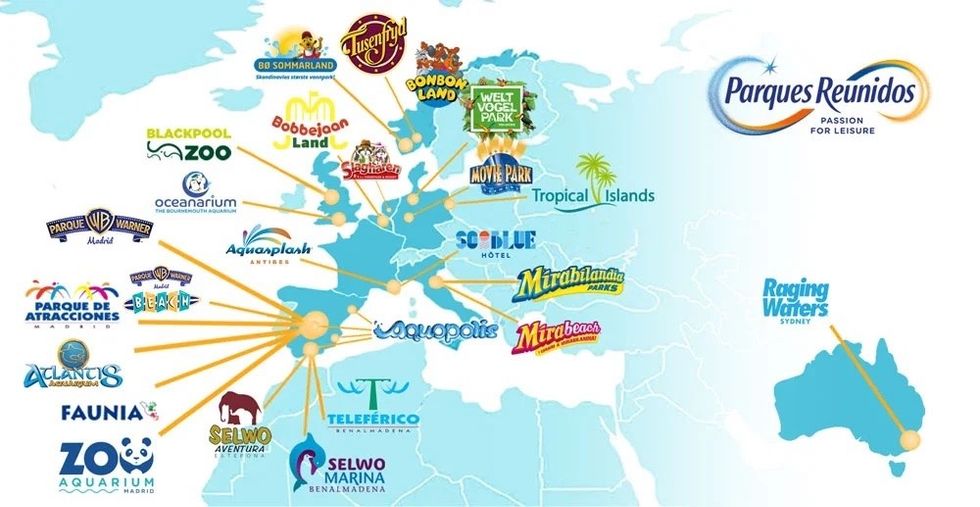
 Nickelodeon Land at Parque de Atracciones de Madrid
Nickelodeon Land at Parque de Atracciones de Madrid Raging Waters
Raging Waters  Mirabilandia's iSpeed coaster
Mirabilandia's iSpeed coaster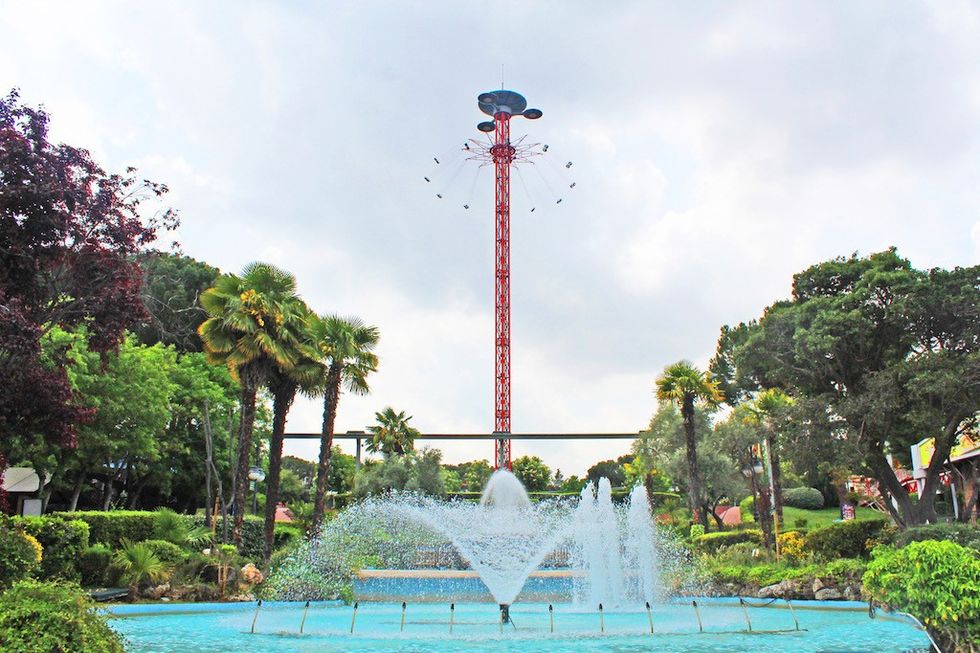 Parque de Atracciones de Madrid
Parque de Atracciones de Madrid Ferracci at the ribbon-cutting ceremony for Nickelodeon Land at Mirabilandia, with (left) Marie Marks, senior VP of global experiences for Paramount and (cutting the ribbon) Sabrina Mangina, GM at Mirabilandia
Ferracci at the ribbon-cutting ceremony for Nickelodeon Land at Mirabilandia, with (left) Marie Marks, senior VP of global experiences for Paramount and (cutting the ribbon) Sabrina Mangina, GM at Mirabilandia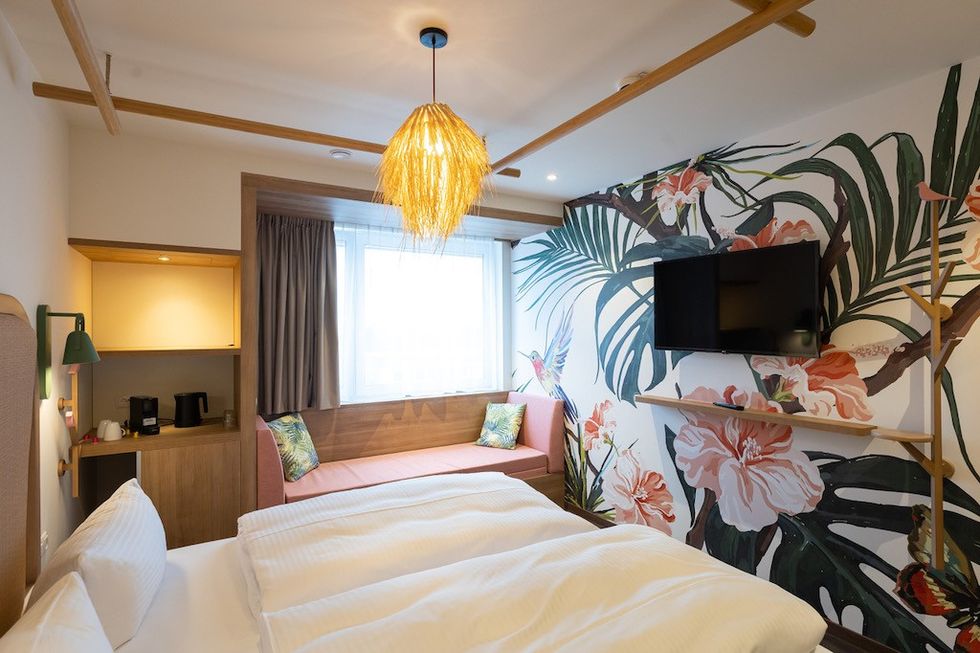 Tropical Islands OHANA hotel
Tropical Islands OHANA hotel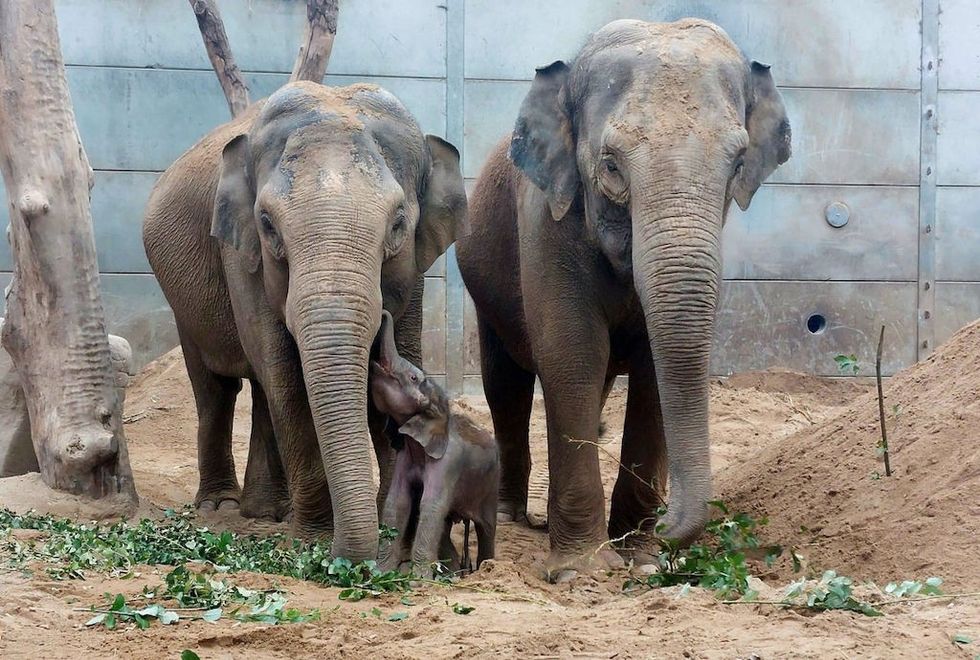 Elephants at Blackpool Zoo
Elephants at Blackpool Zoo 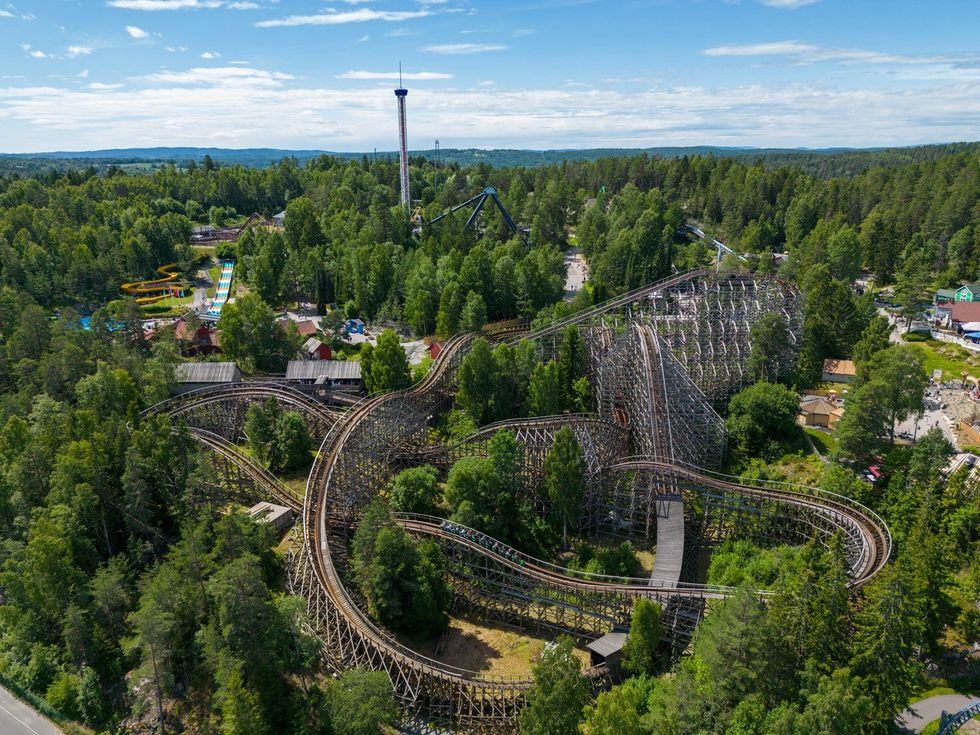 Tusenfryd
Tusenfryd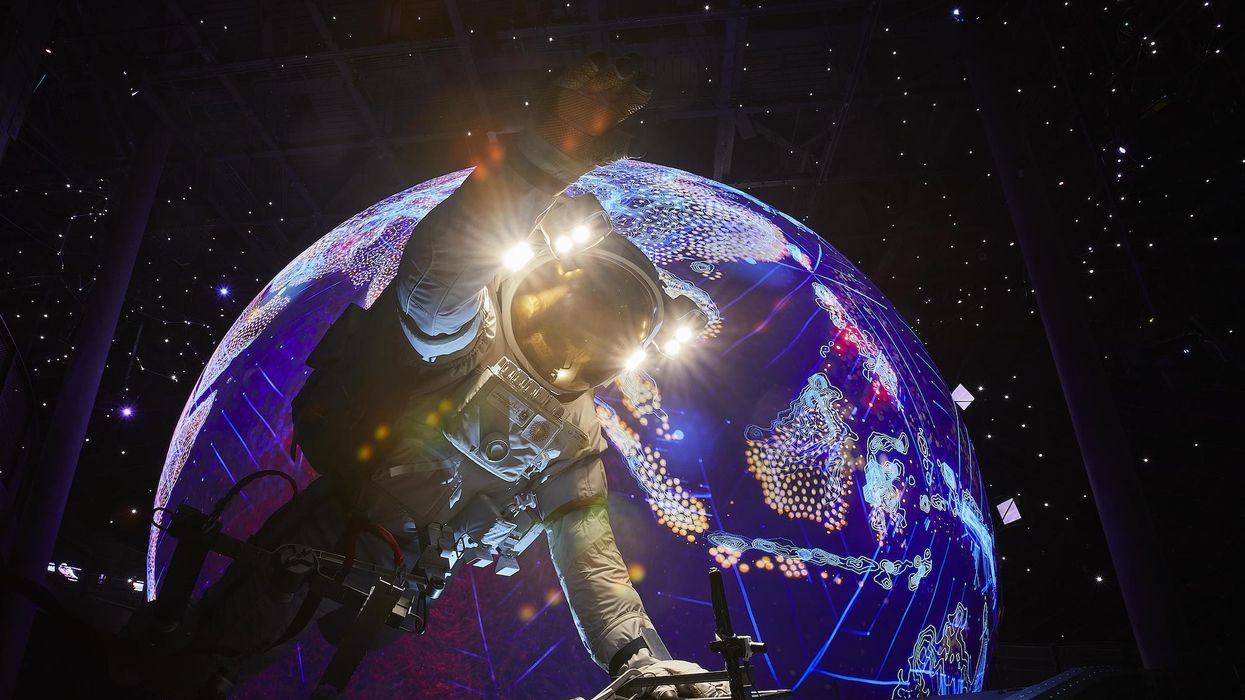
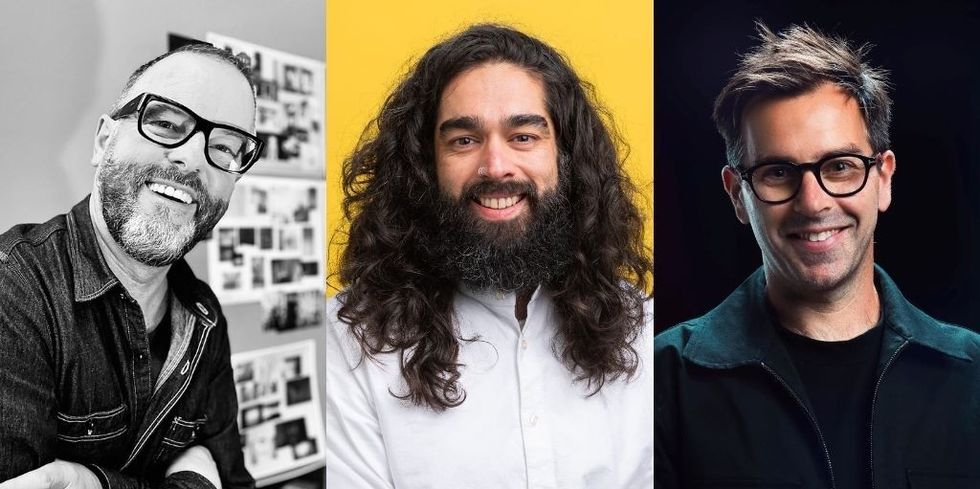 Andrew Thomas, Jason Aldous and Rik Athorne
Andrew Thomas, Jason Aldous and Rik Athorne
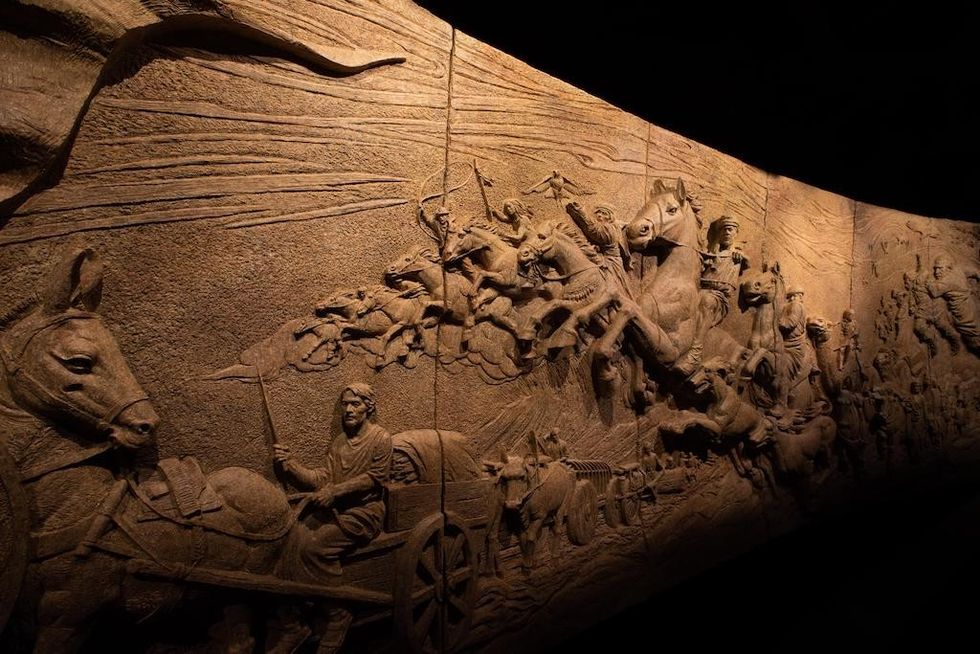
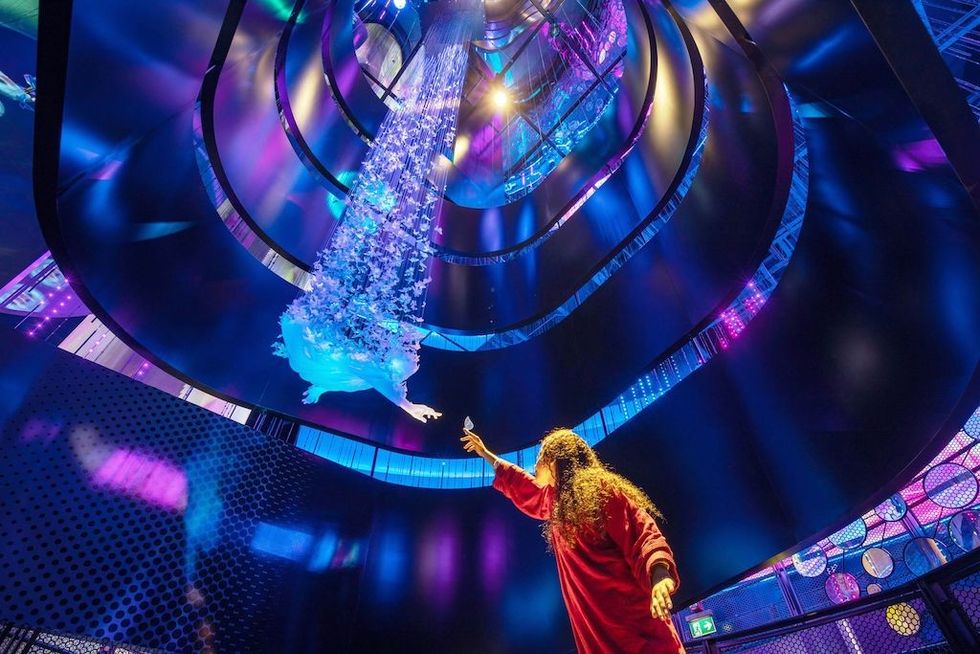

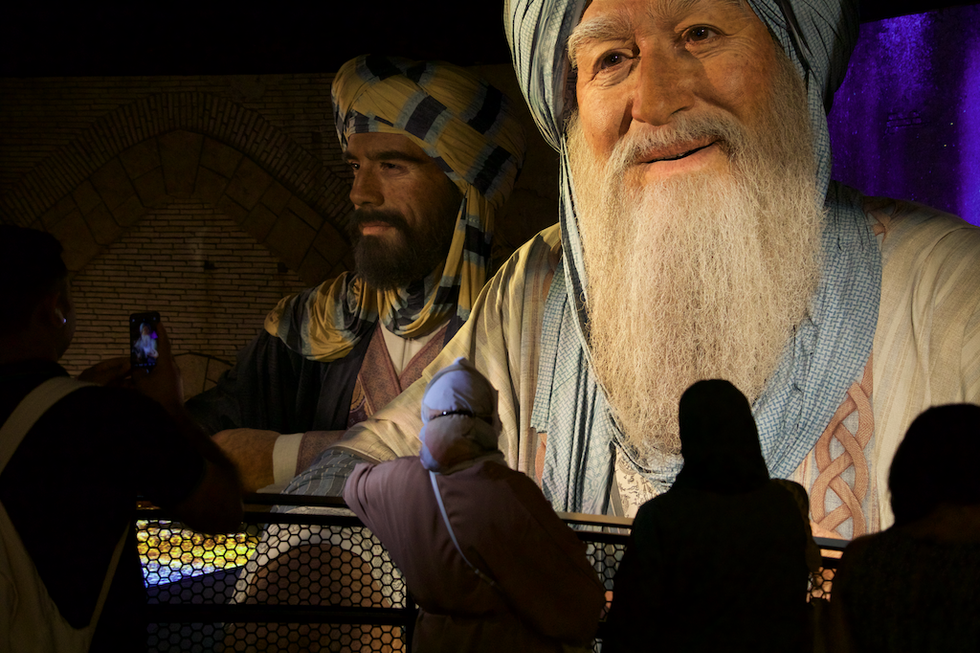


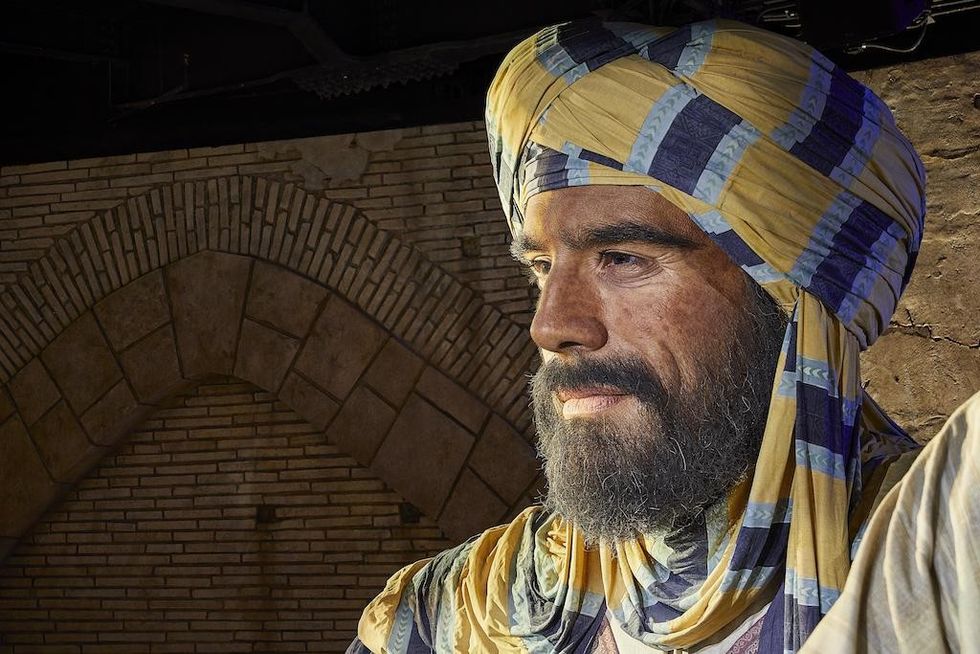

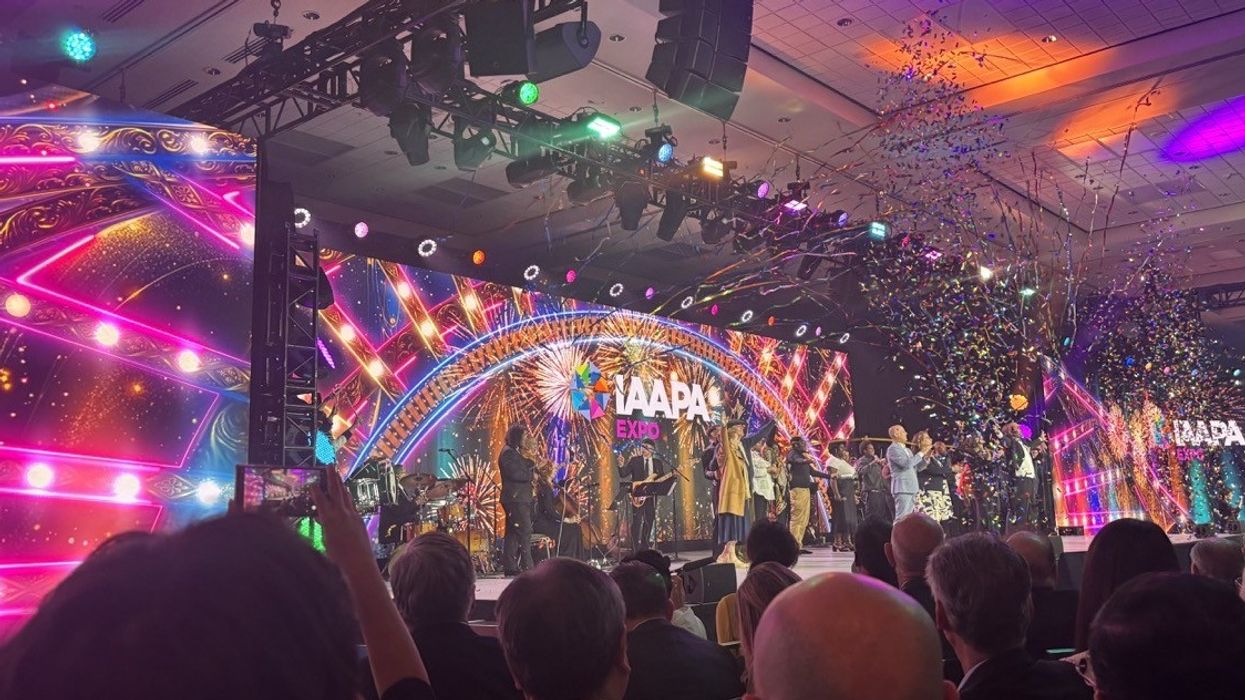
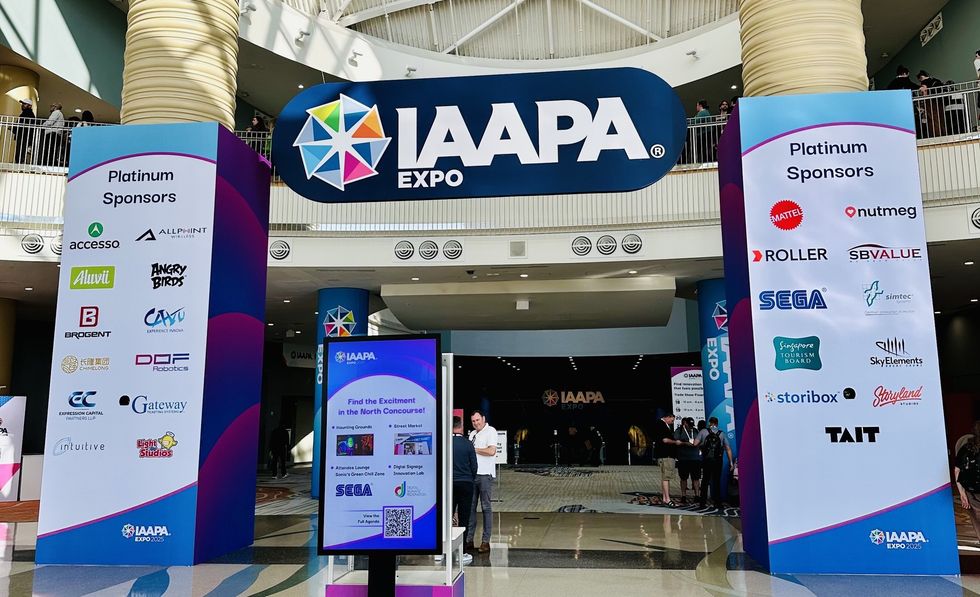
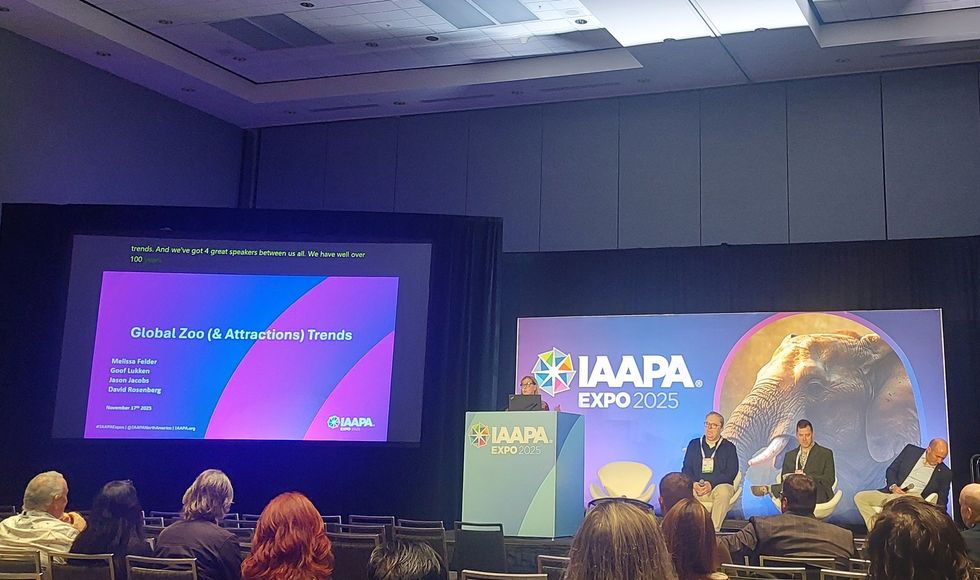
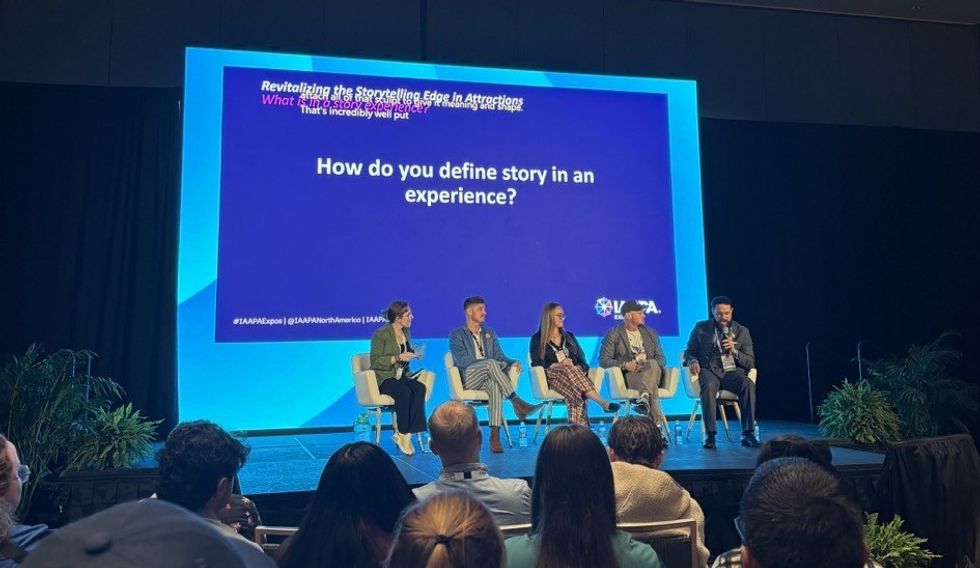
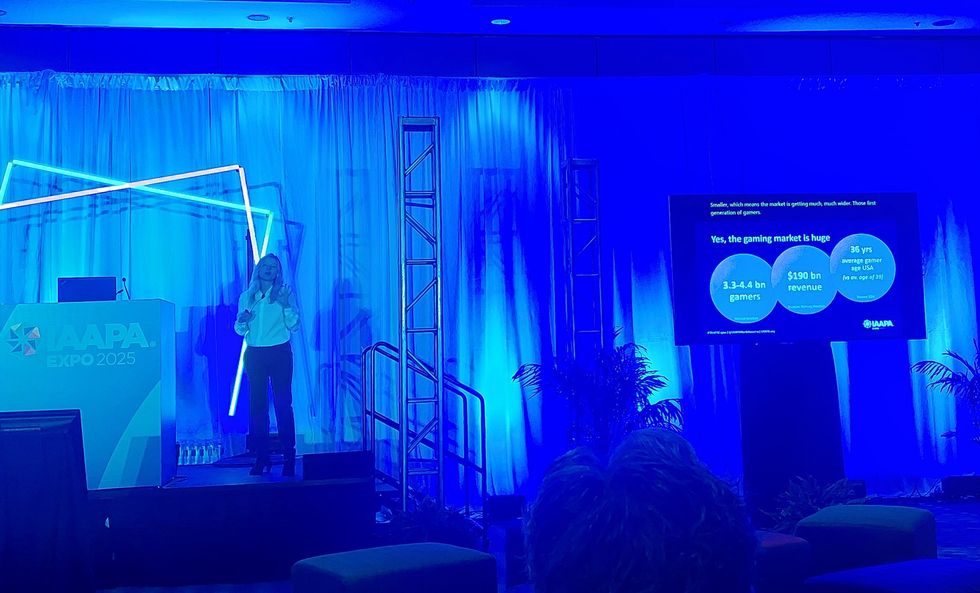
 Detroit Zoo
Detroit Zoo 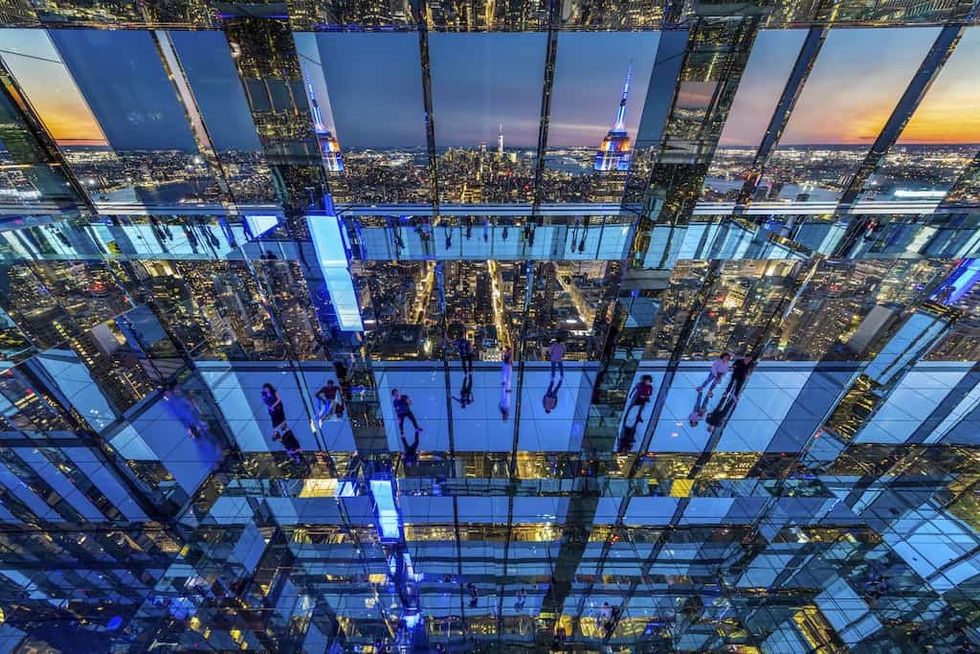 SUMMIT One Vanderbilt
SUMMIT One Vanderbilt 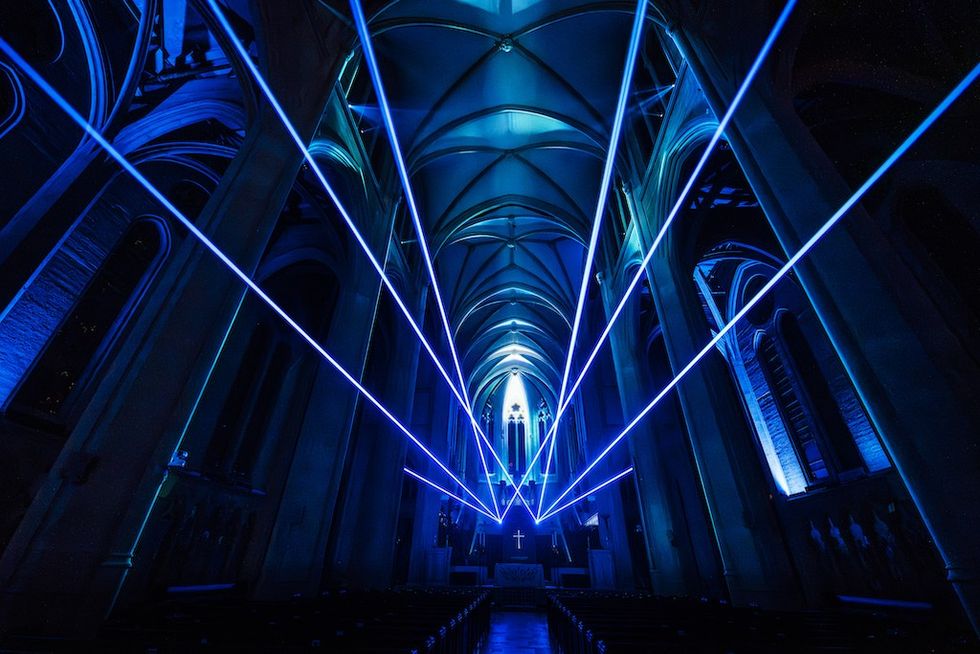 AURA at Grace Cathedral
AURA at Grace Cathedral 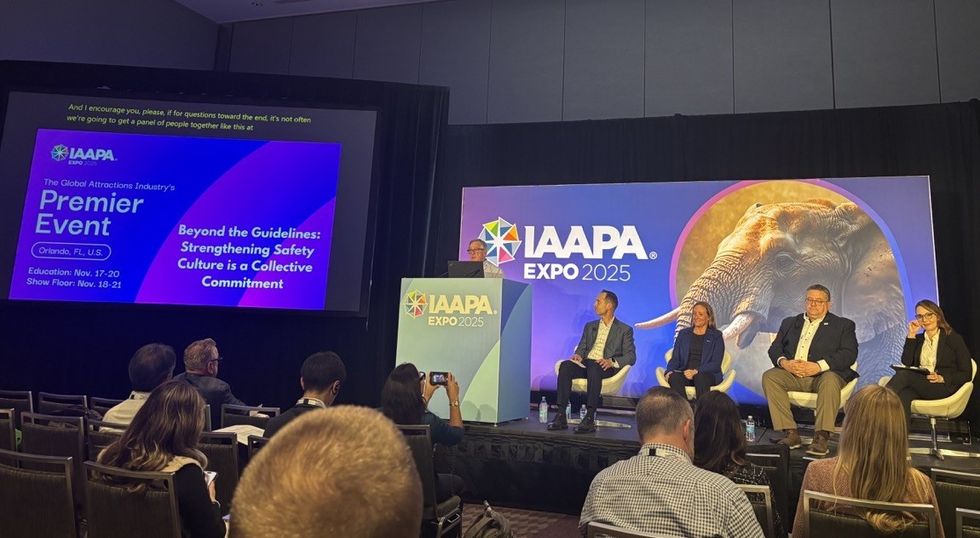
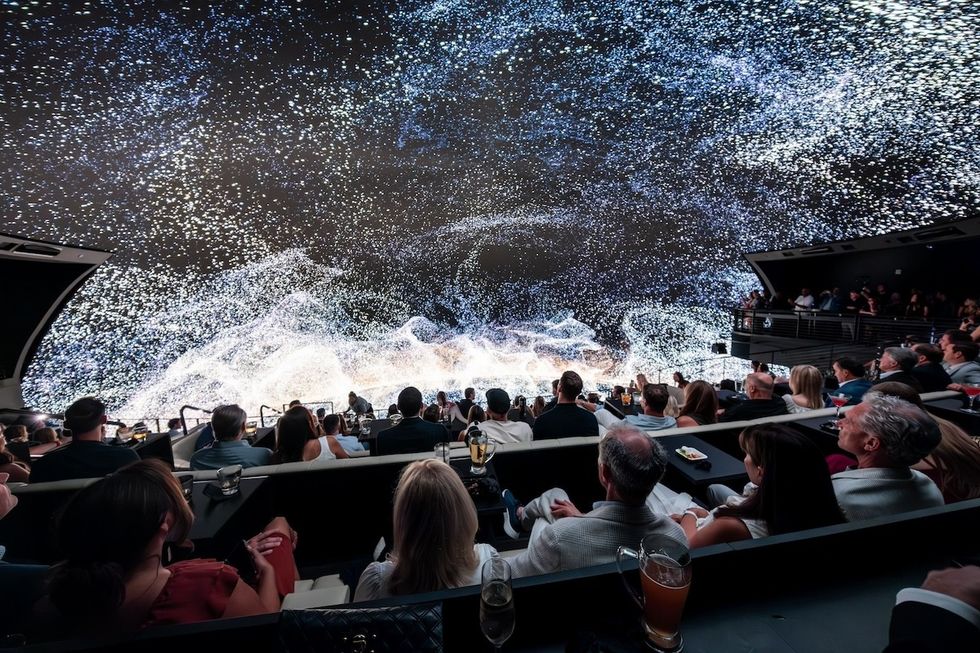 Cosm, LA
Cosm, LA 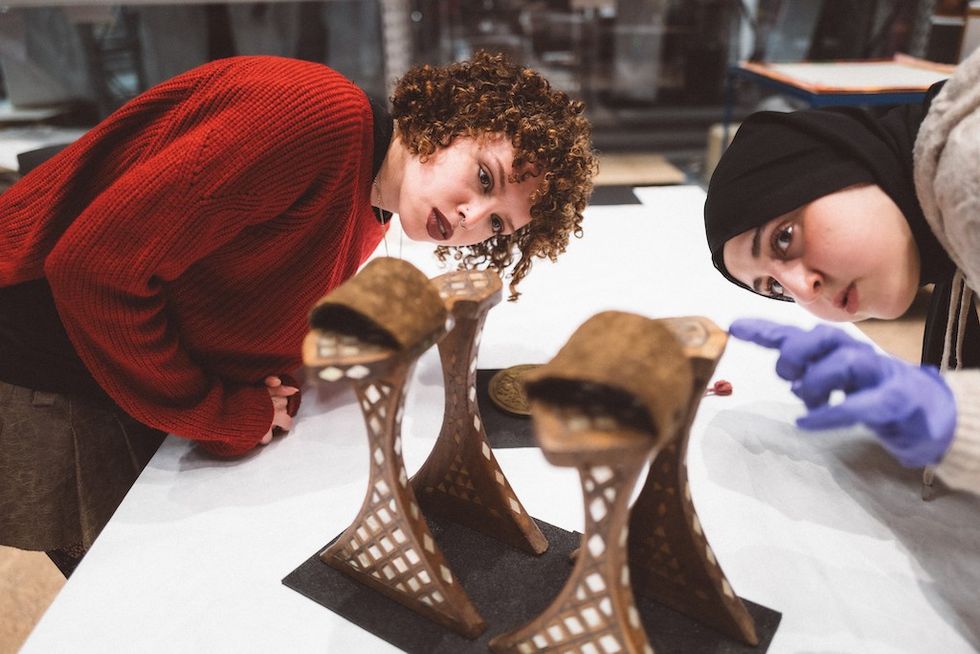 Order an Object appointment at V&A East Storehouse. Image by Bet Bettencourt for V&A, Object pictured - A pair of qabqab, made 1800-1880, Egypt
Order an Object appointment at V&A East Storehouse. Image by Bet Bettencourt for V&A, Object pictured - A pair of qabqab, made 1800-1880, Egypt 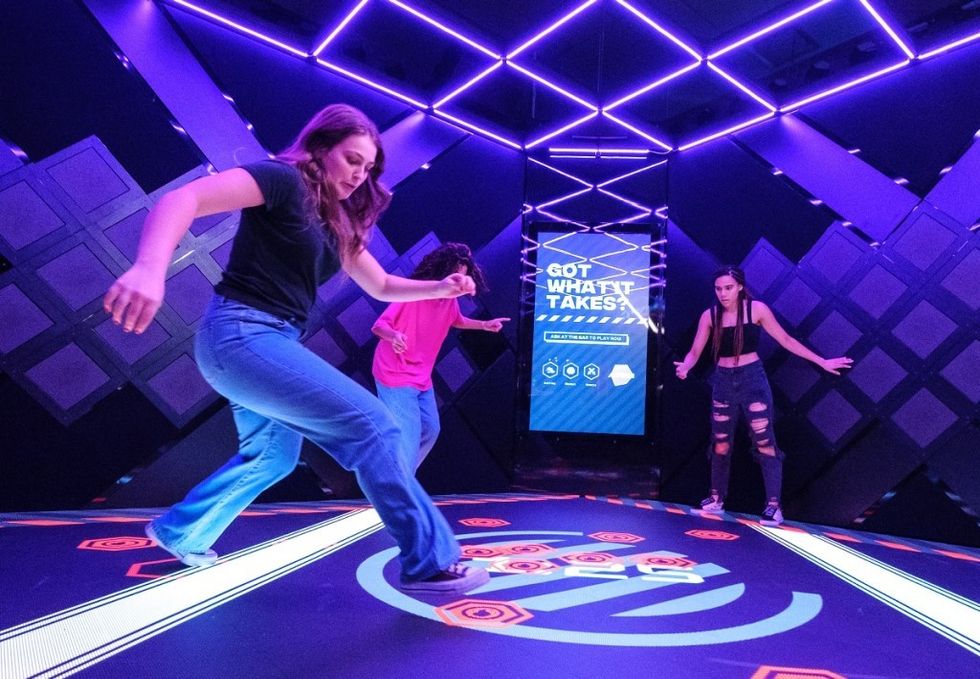 CONDUCTR - The Arena from Game Volt
CONDUCTR - The Arena from Game Volt 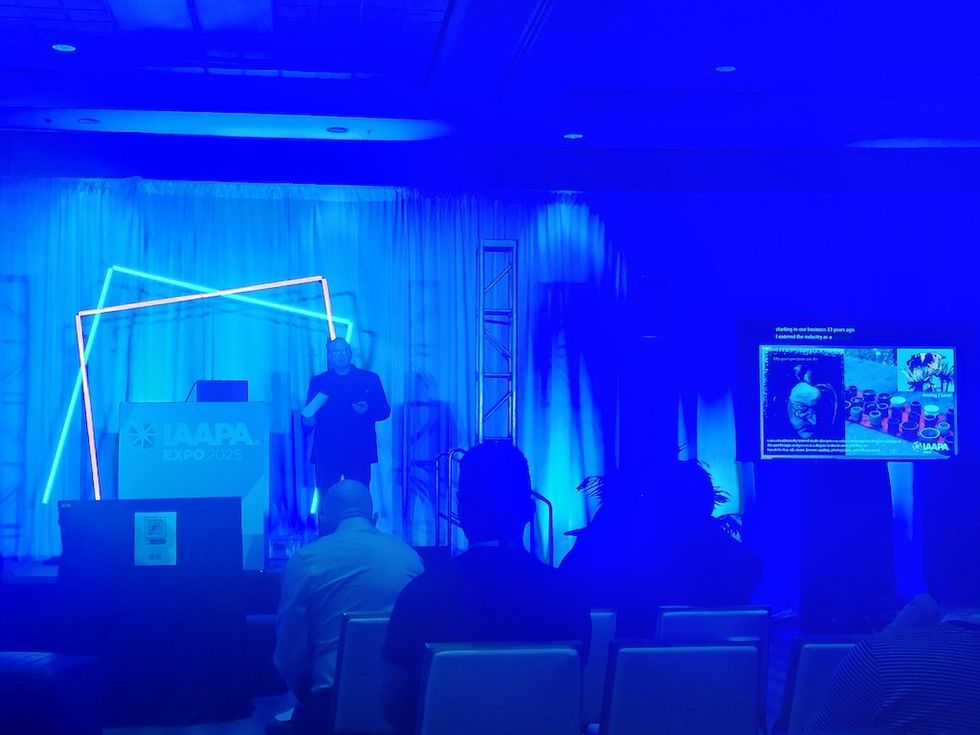
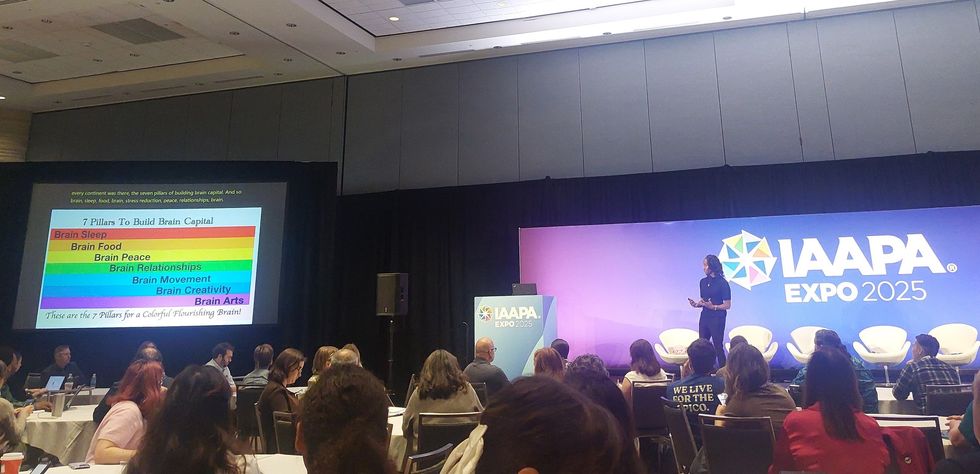
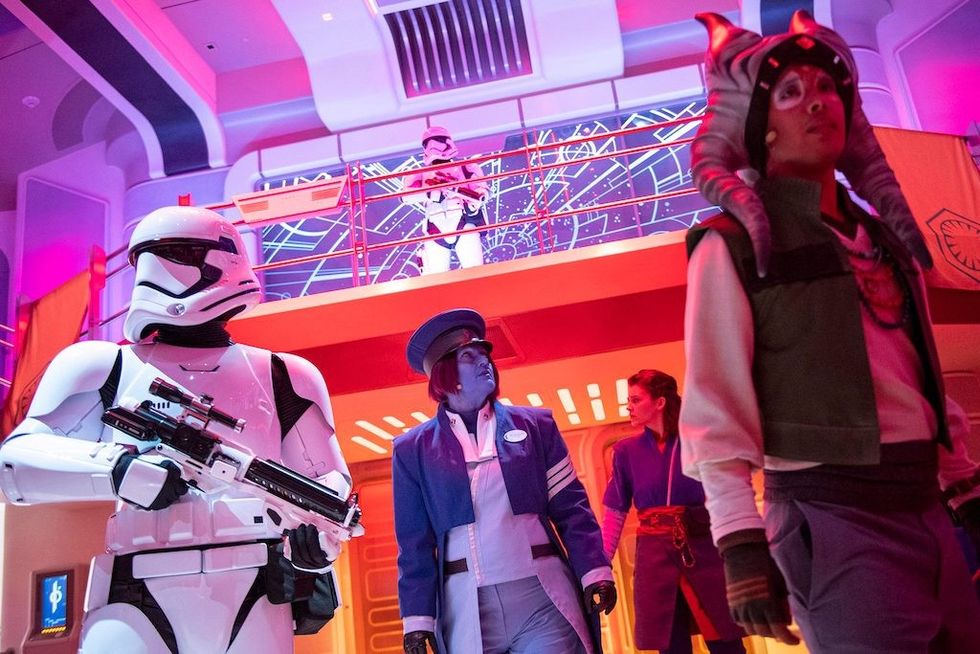 Star Wars: Galactic Starcruiser
Star Wars: Galactic Starcruiser 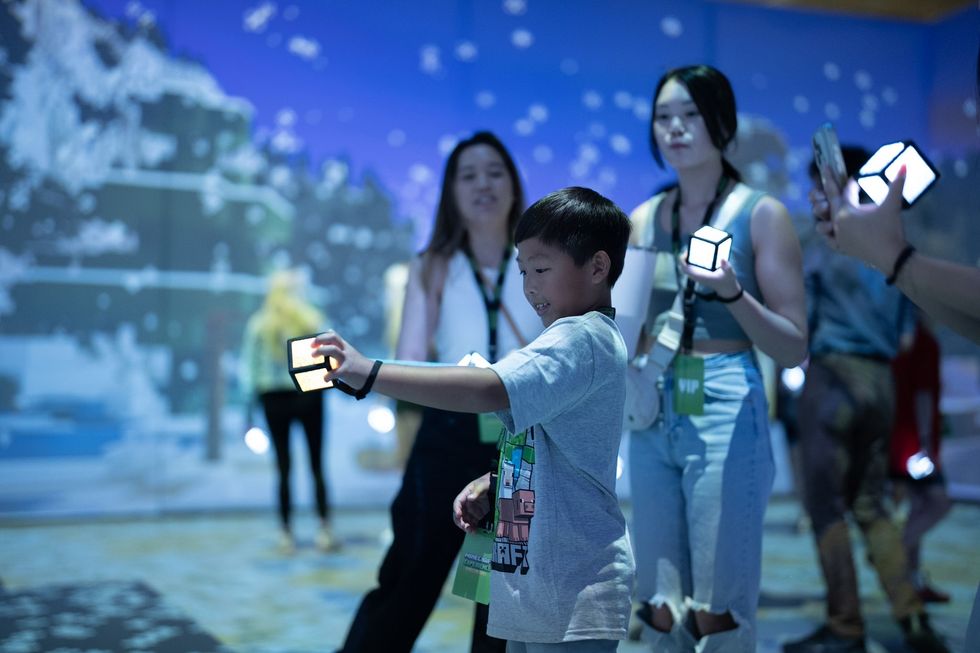 Minecraft interactive experience
Minecraft interactive experience 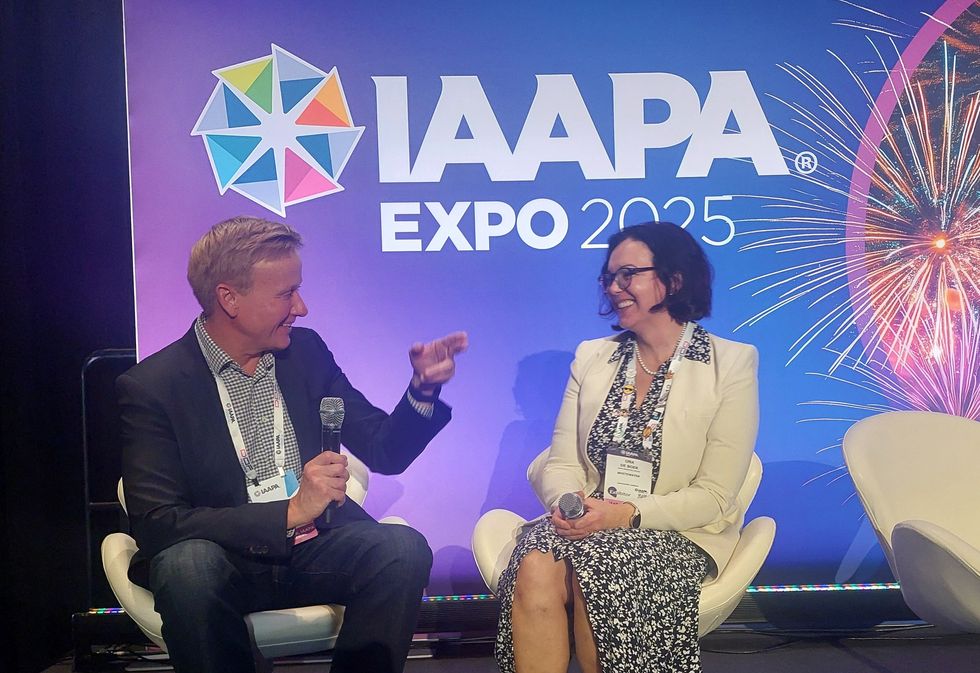
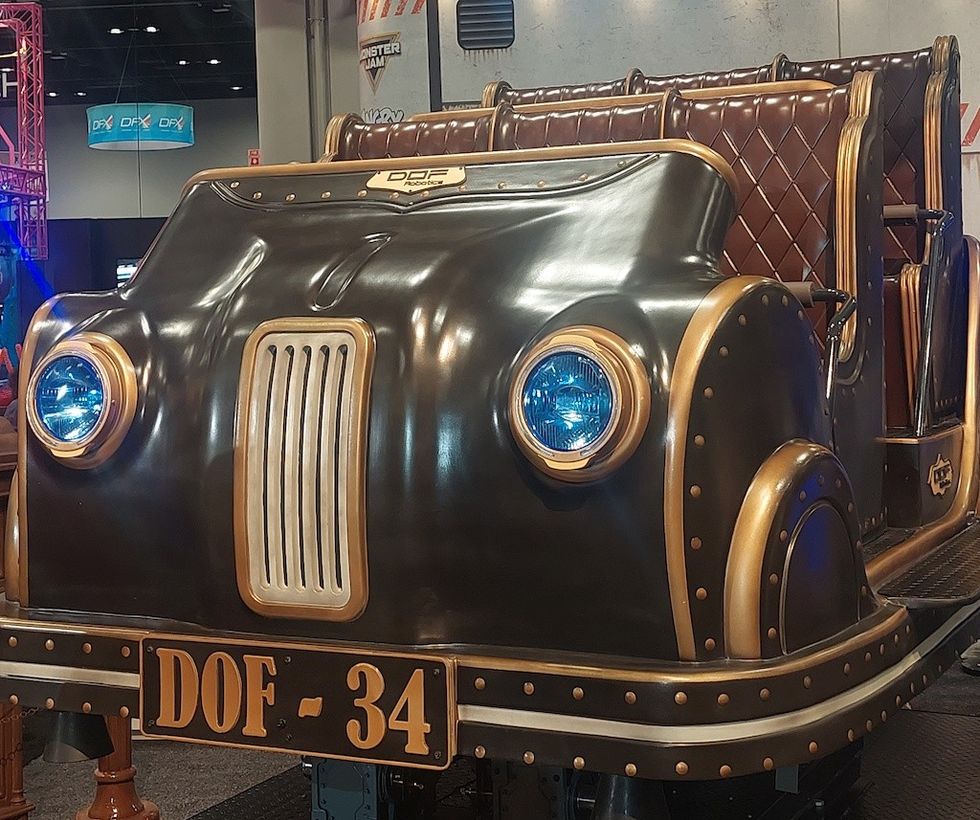
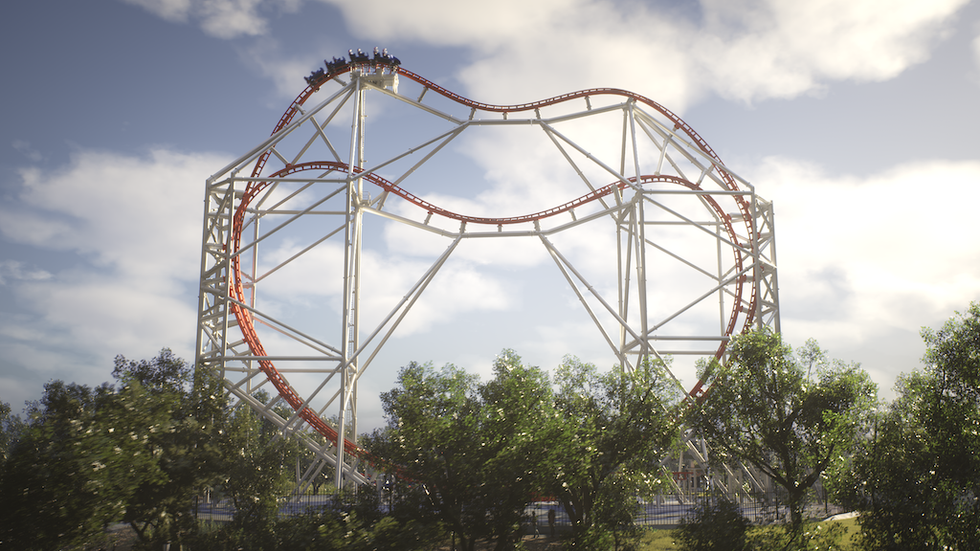
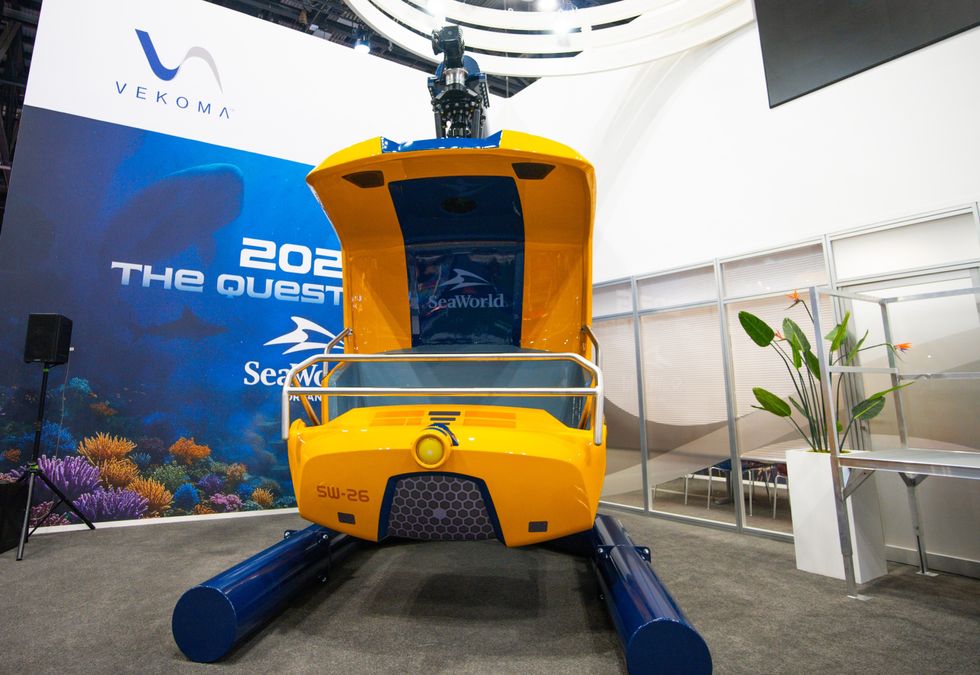
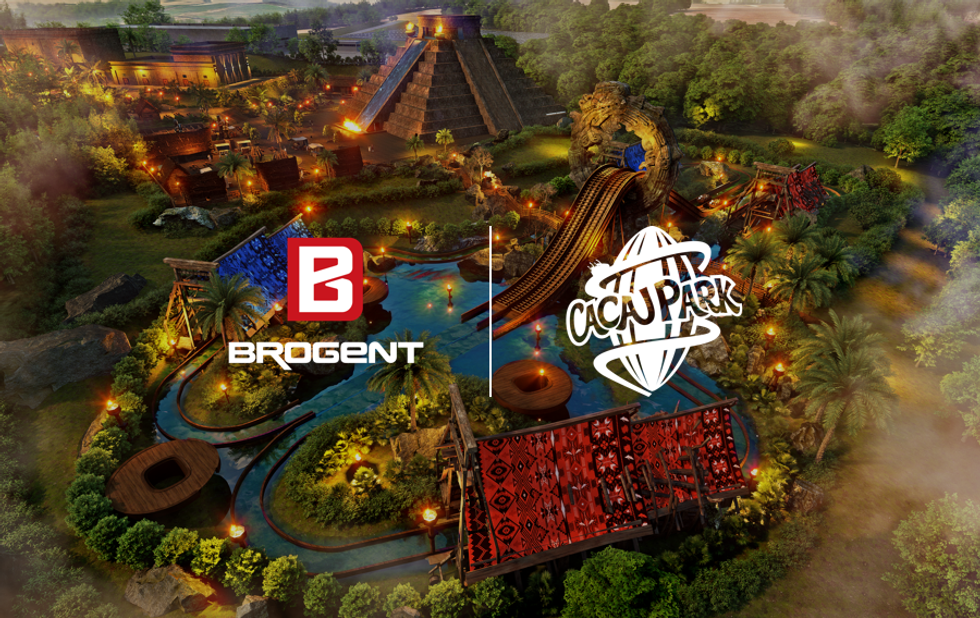
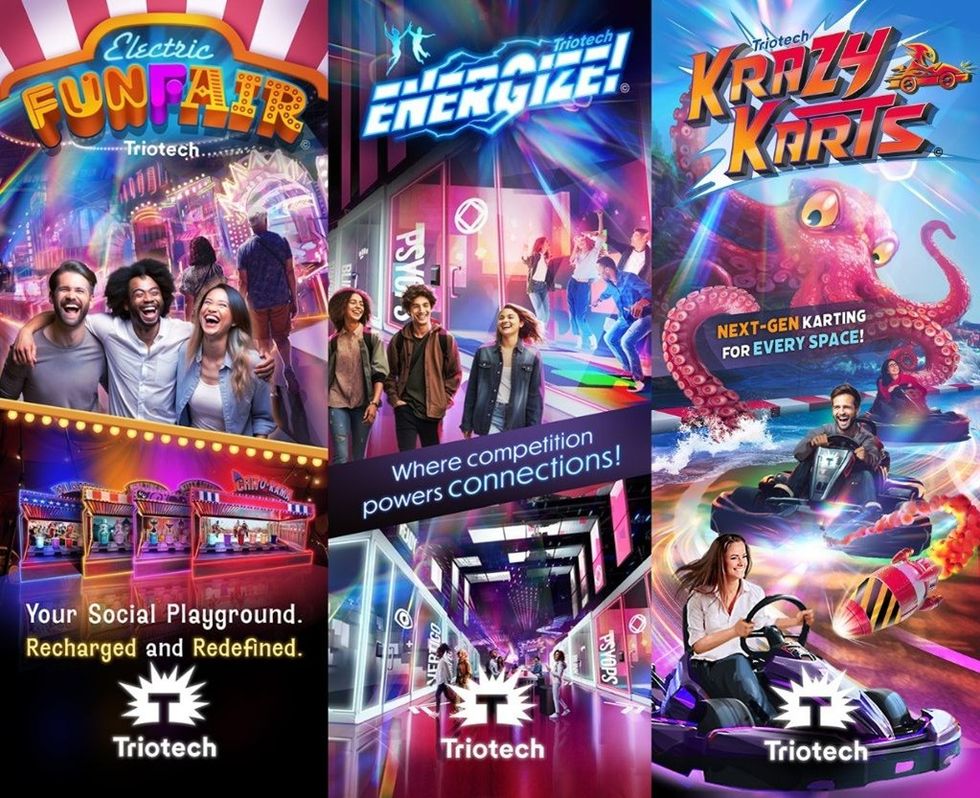

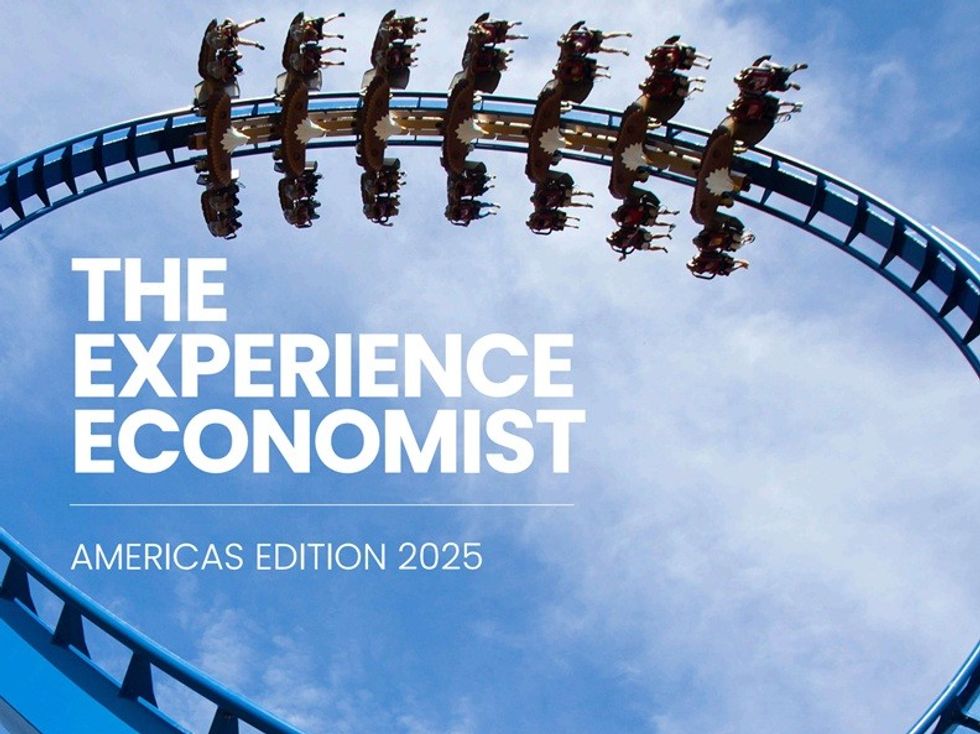
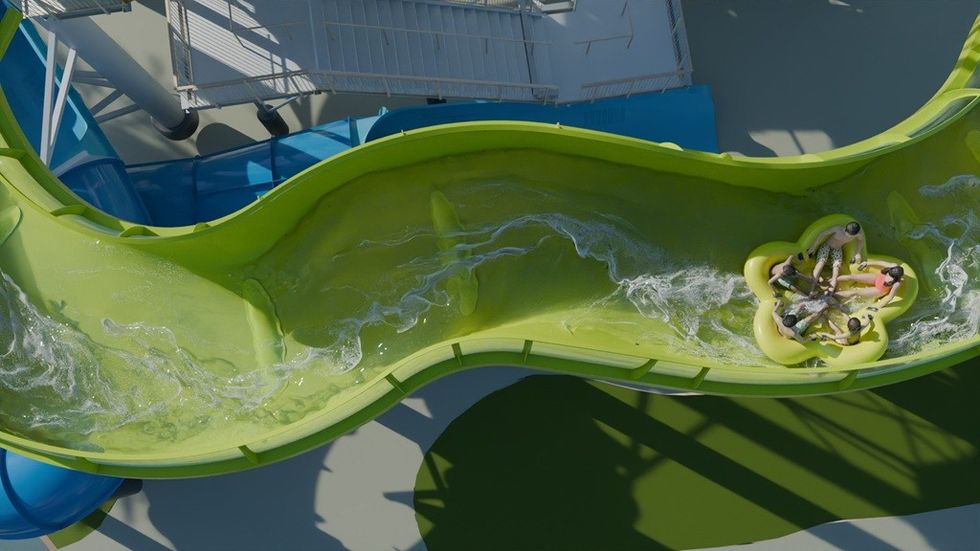
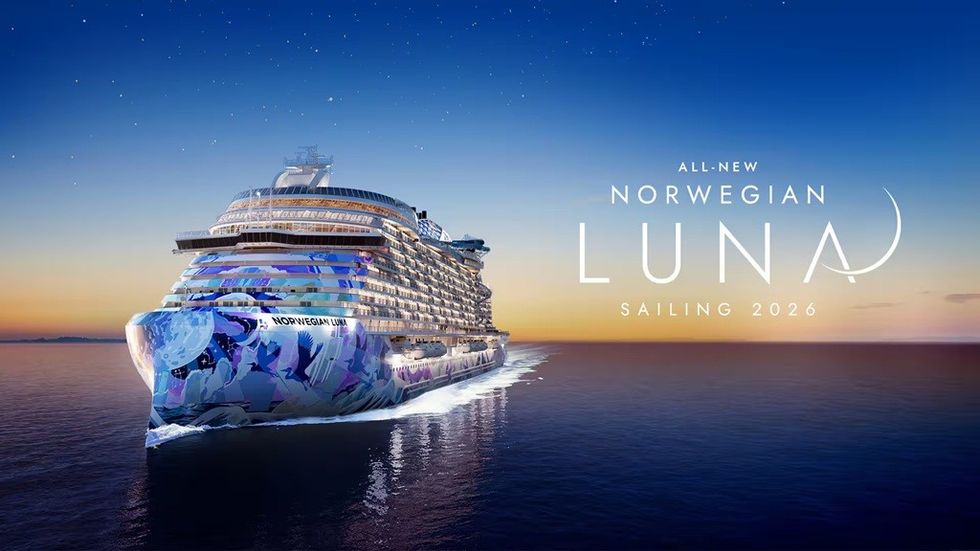


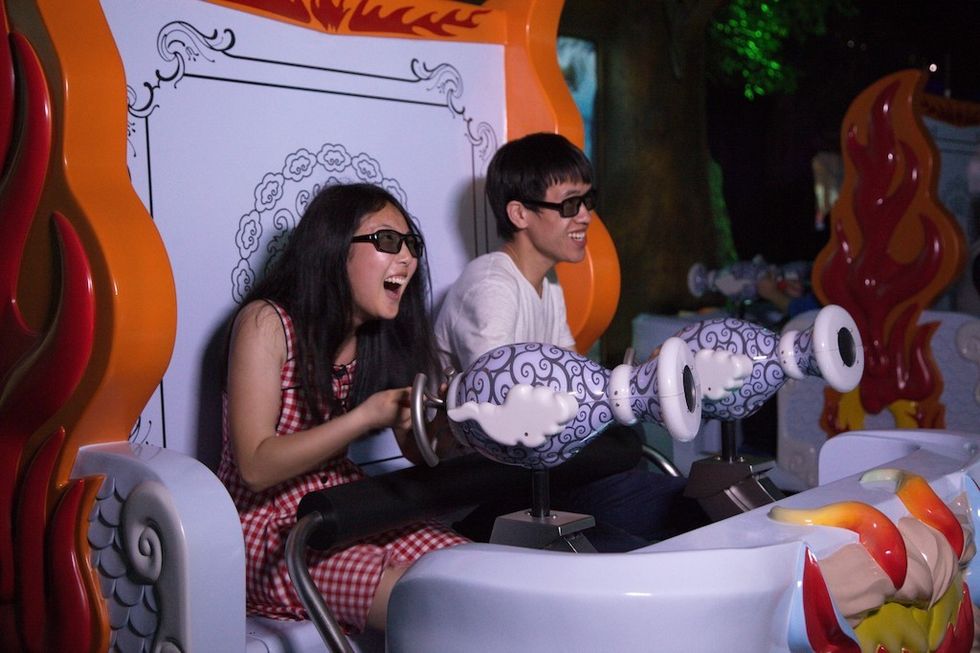
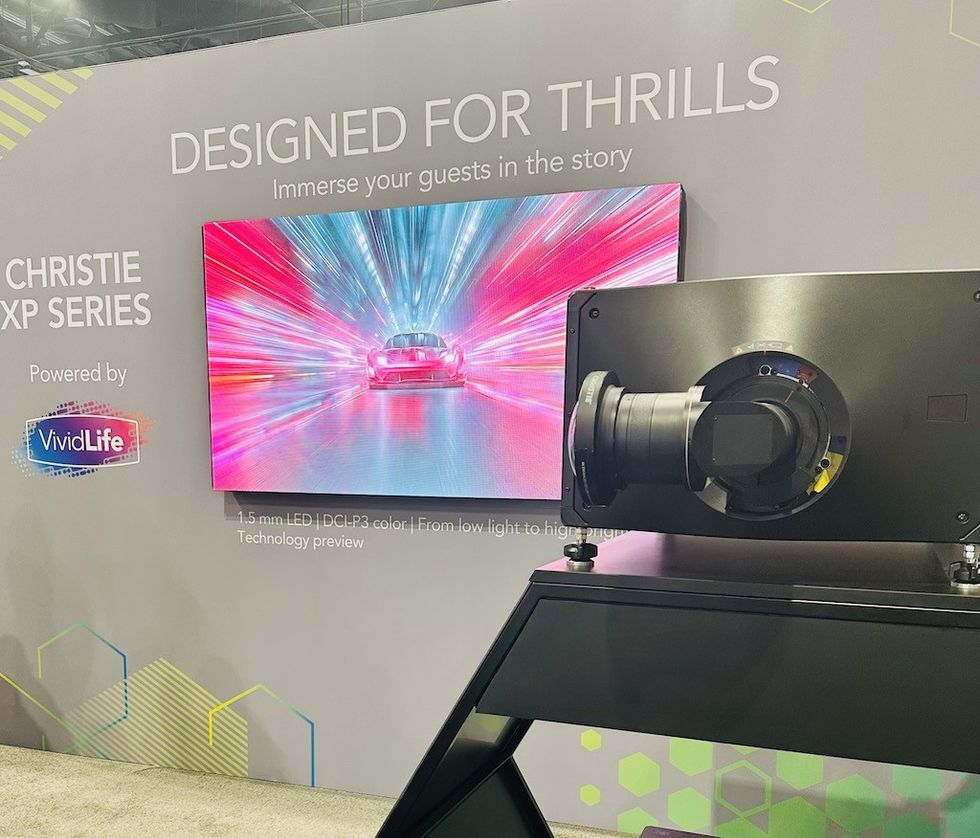
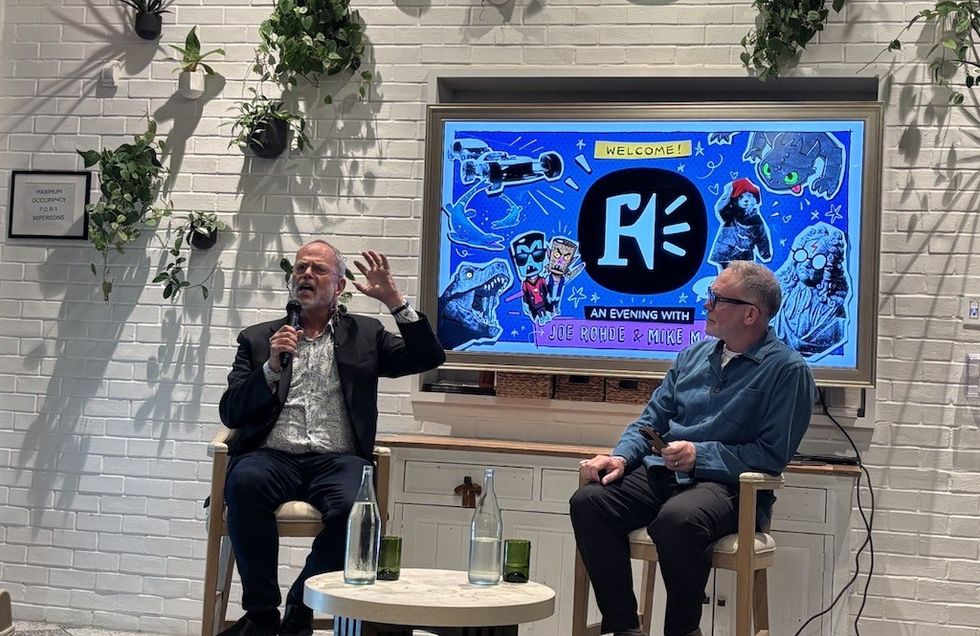
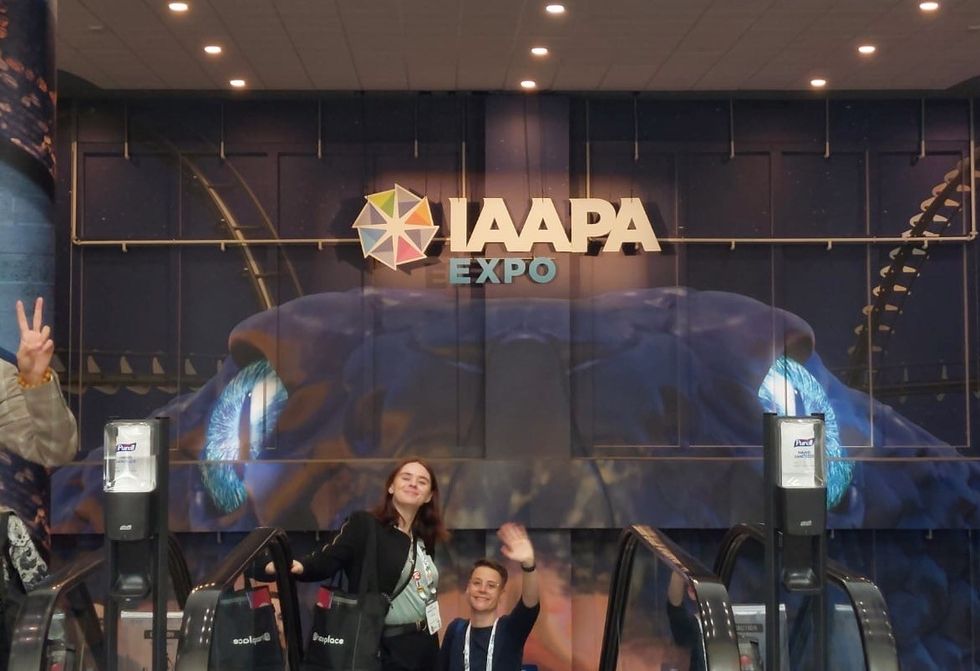 See you next year!
See you next year!
 Ian Macleod and Jordan Whittington
Ian Macleod and Jordan Whittington